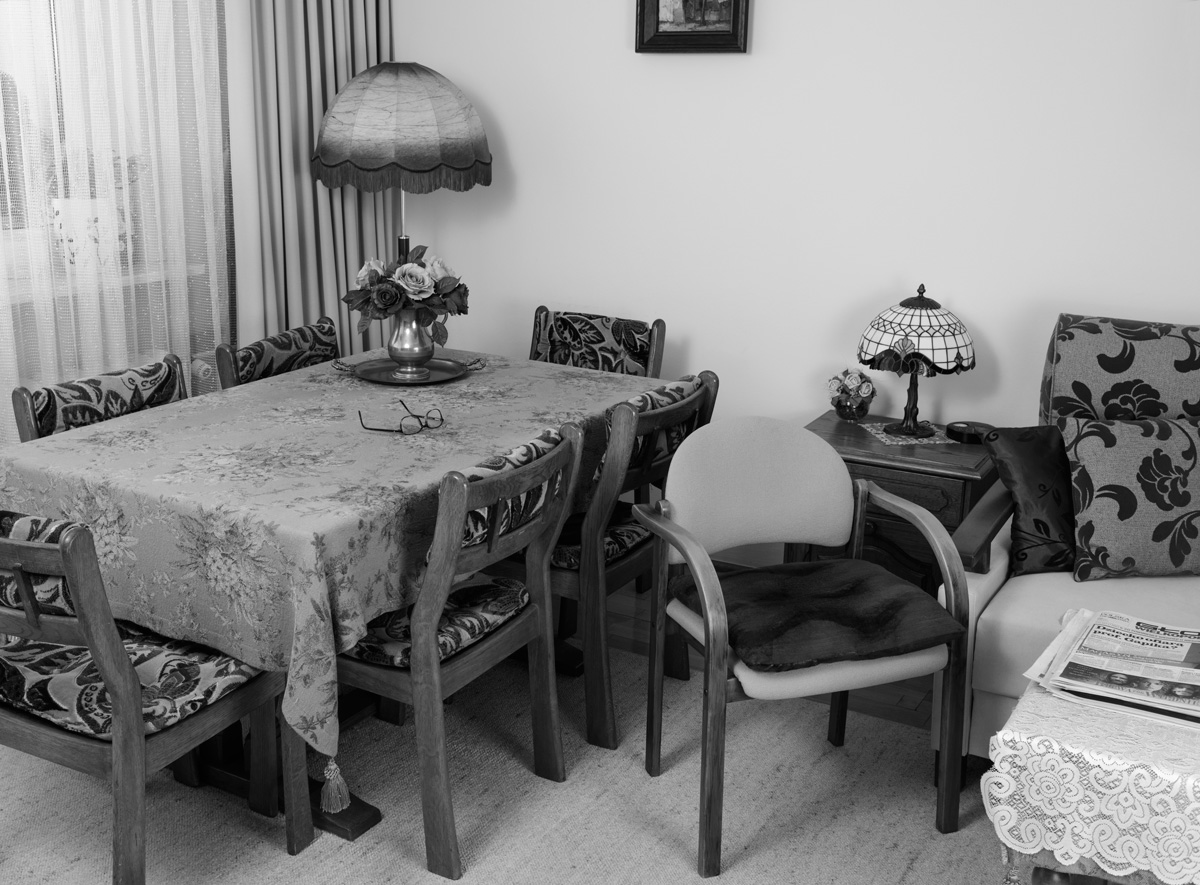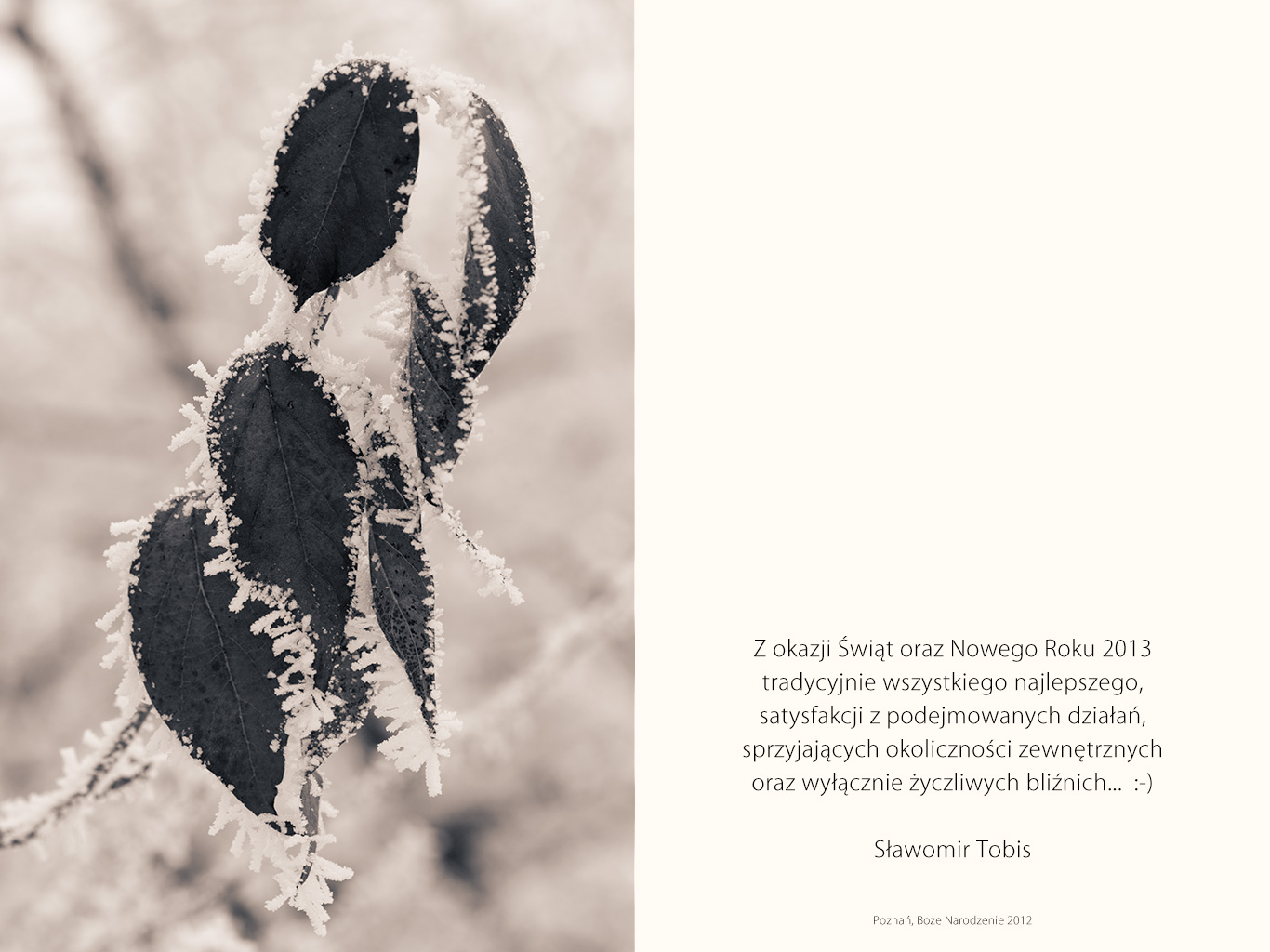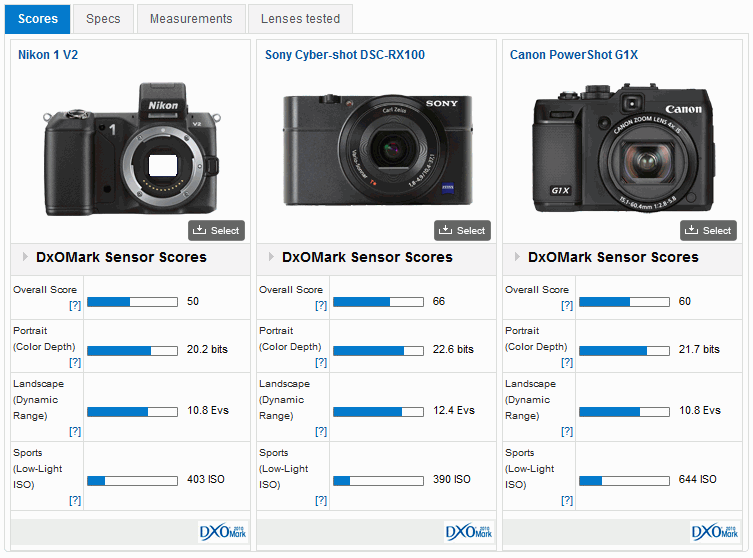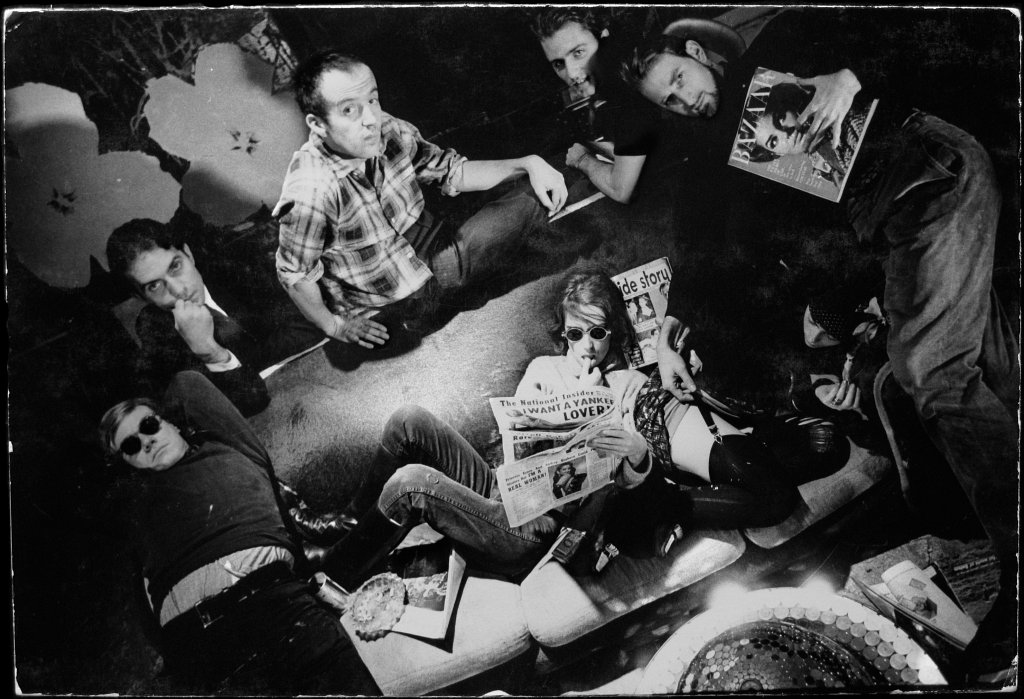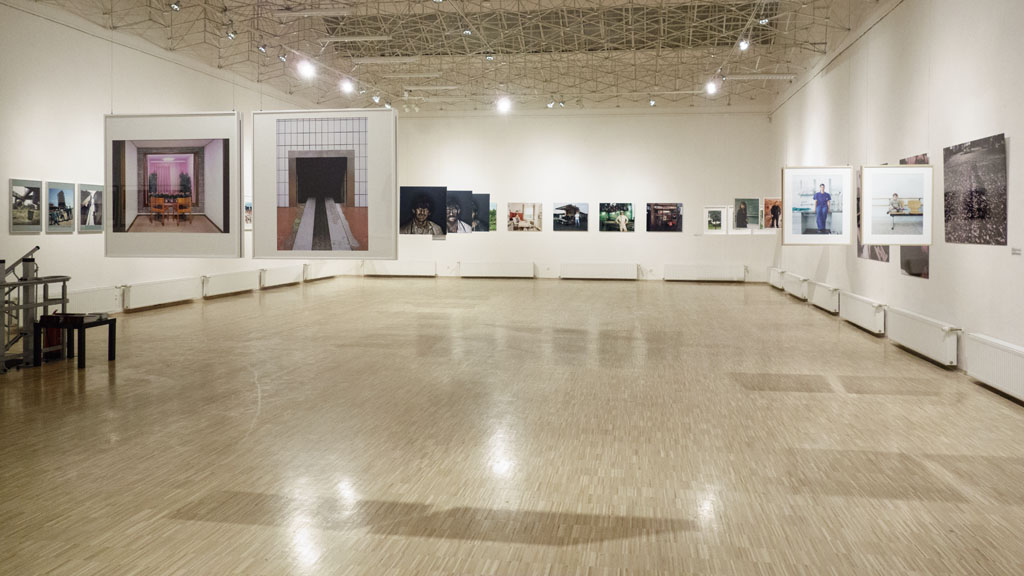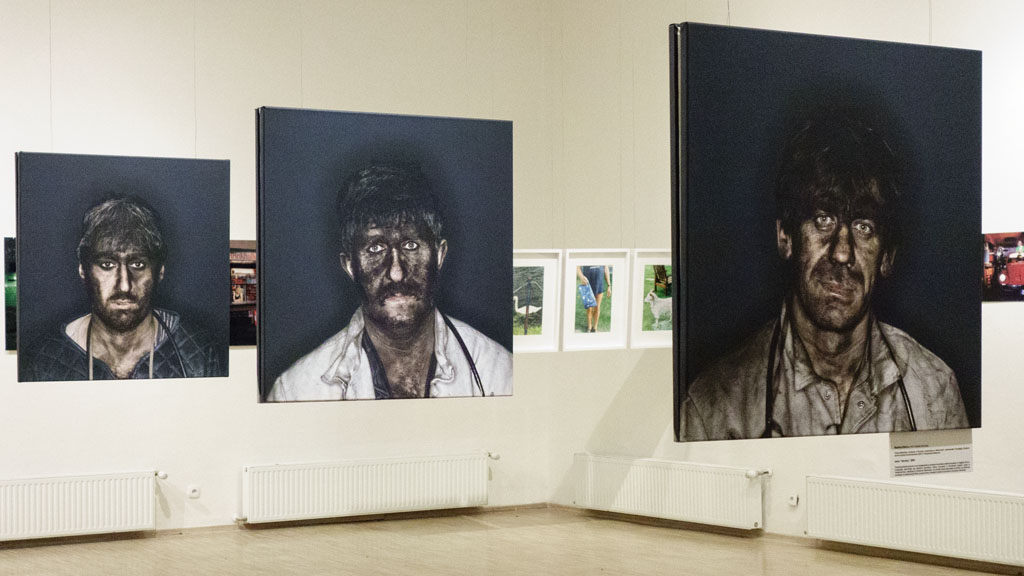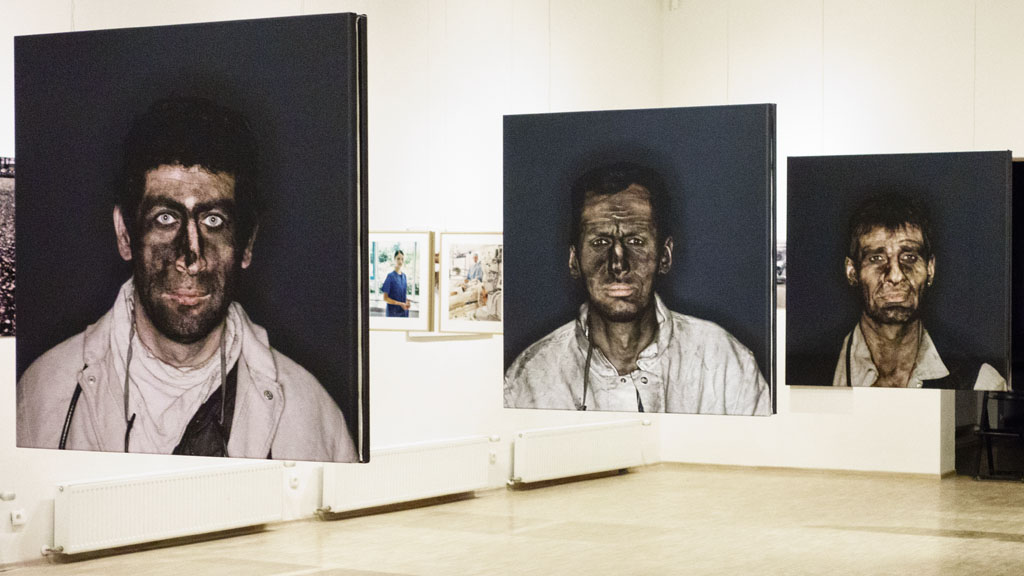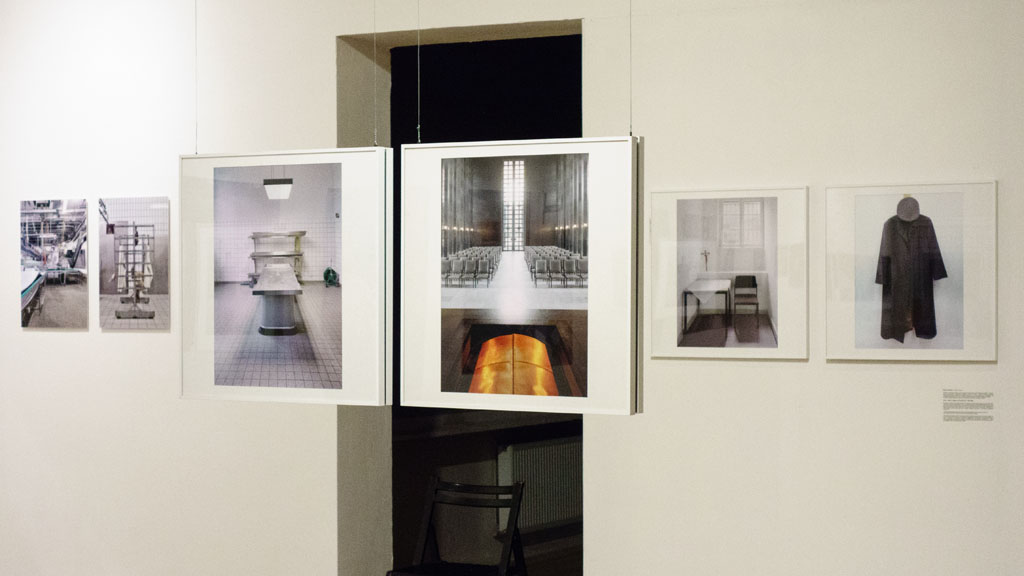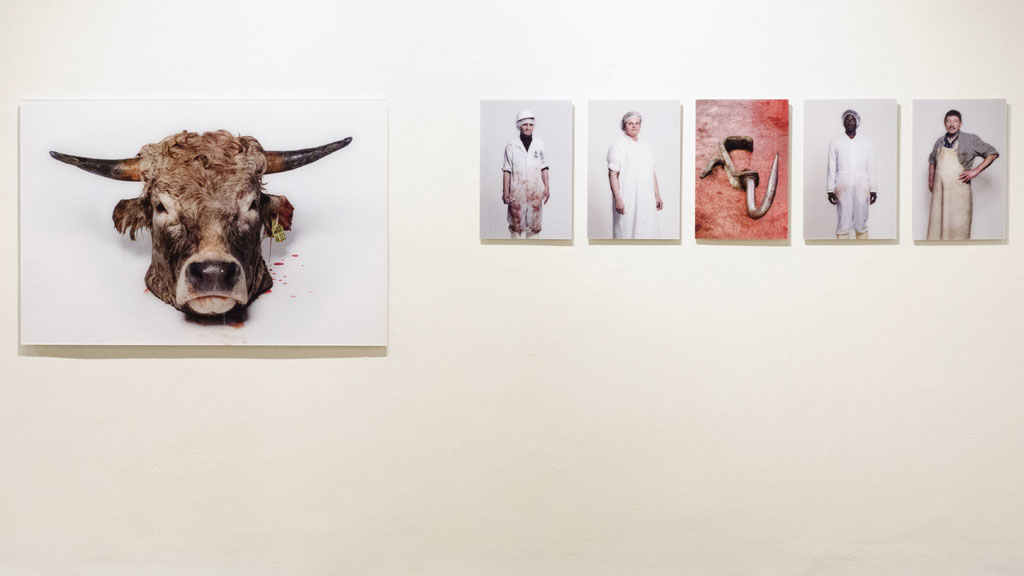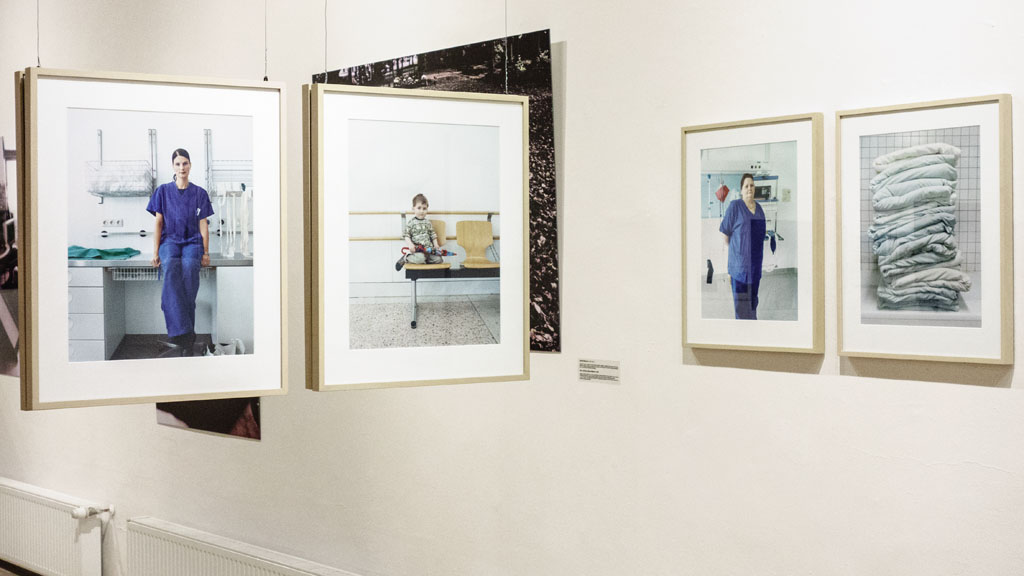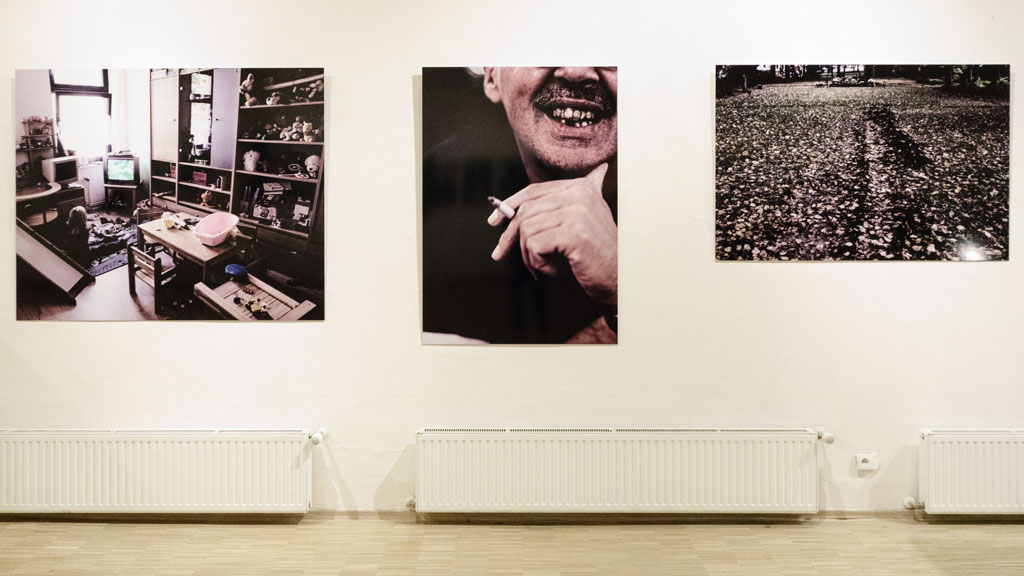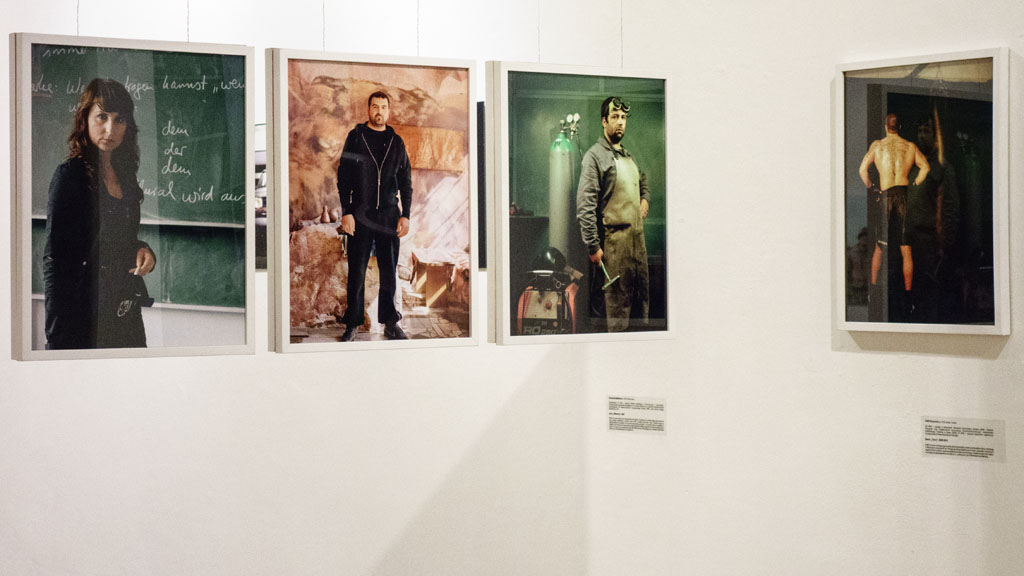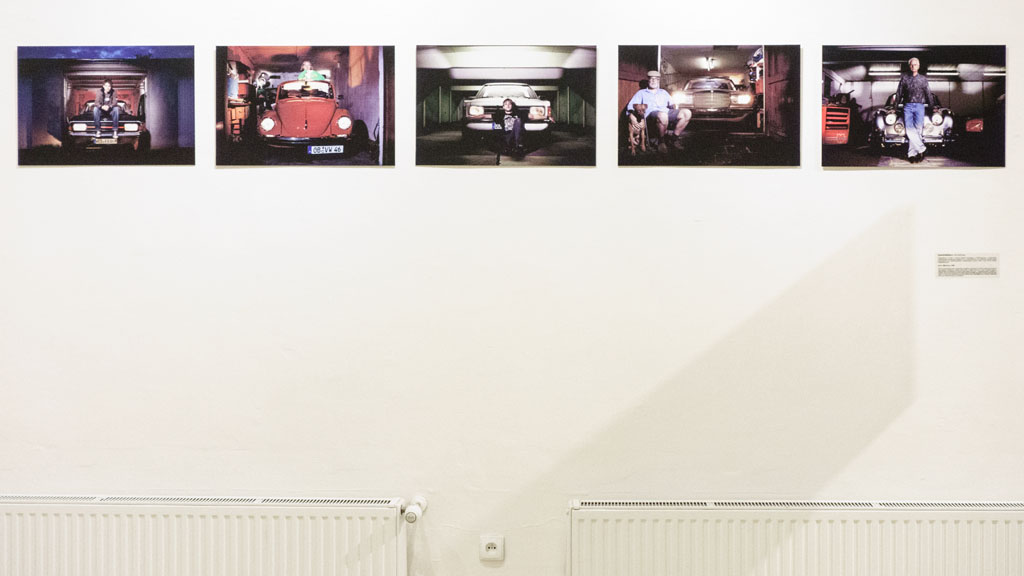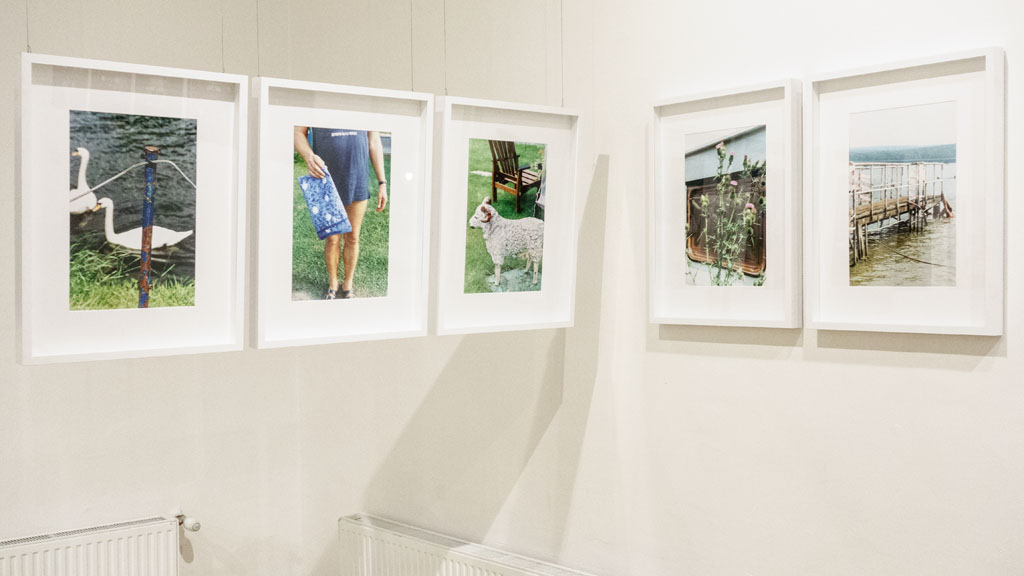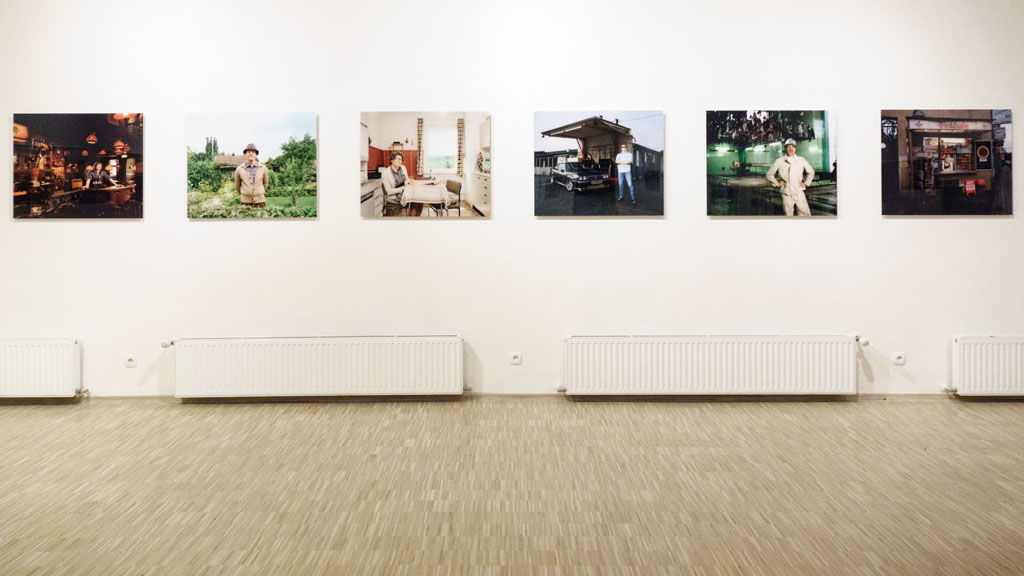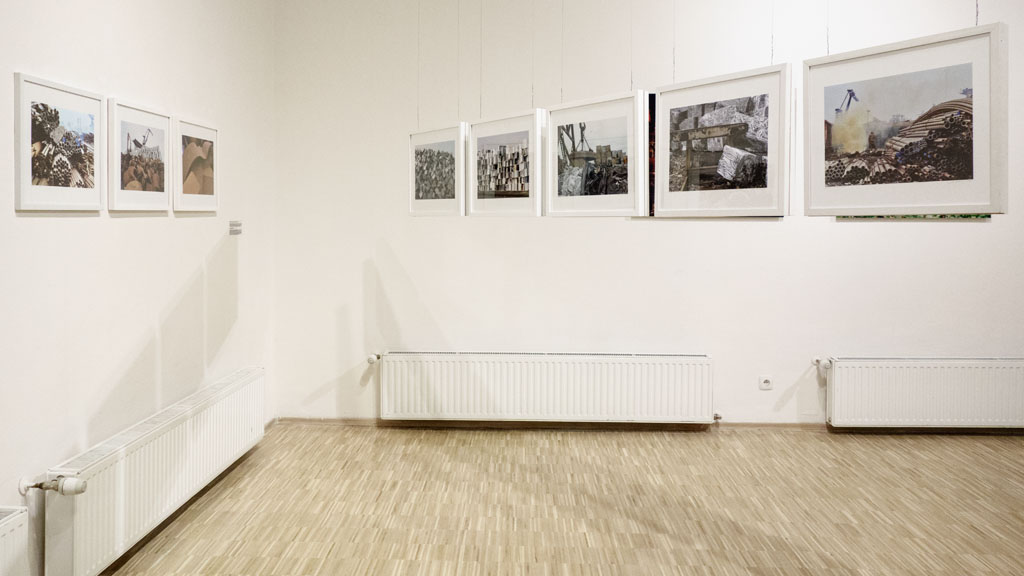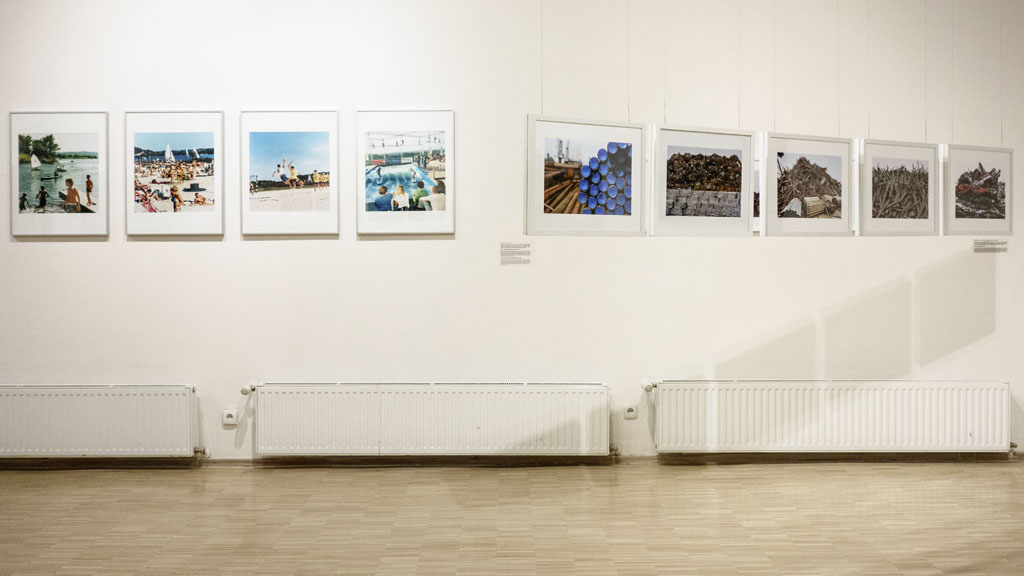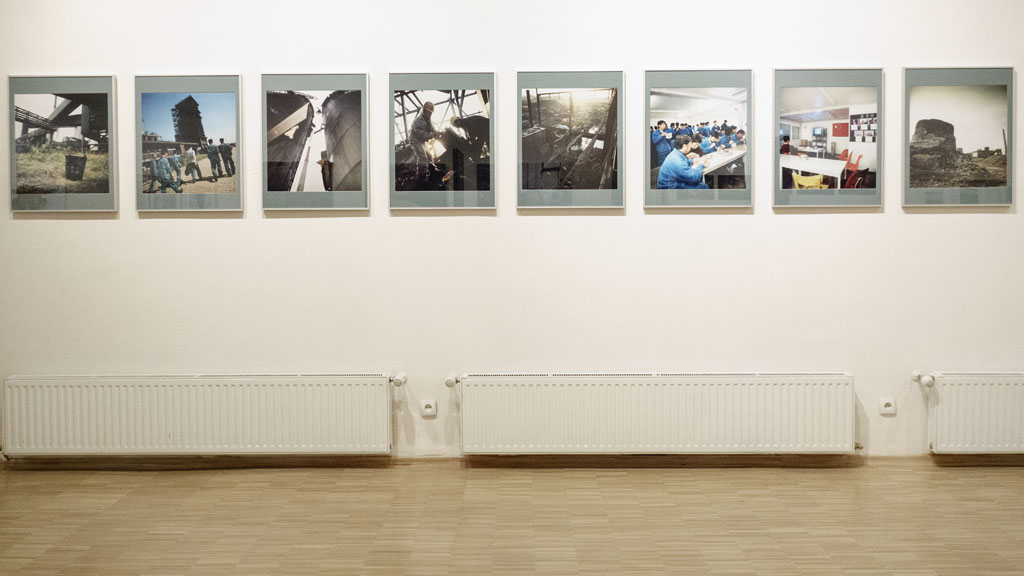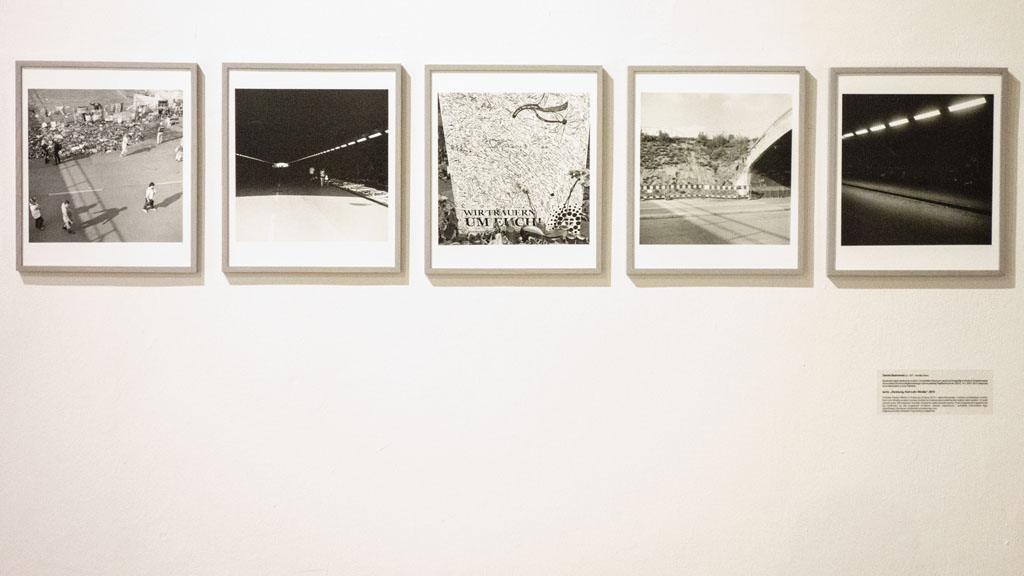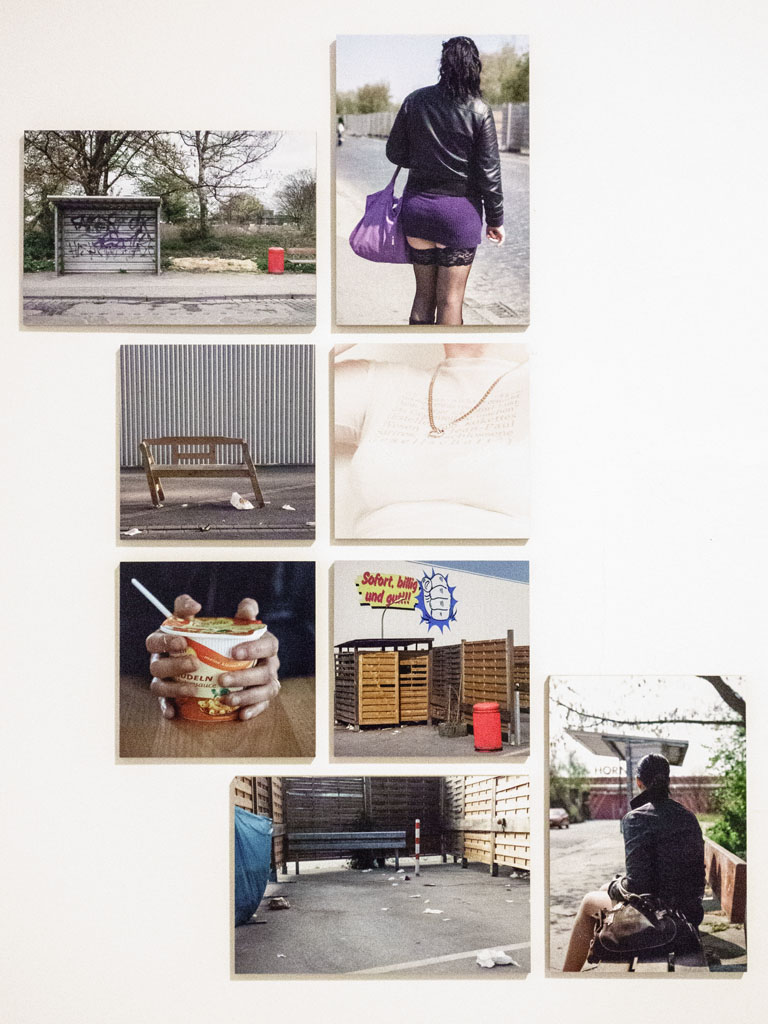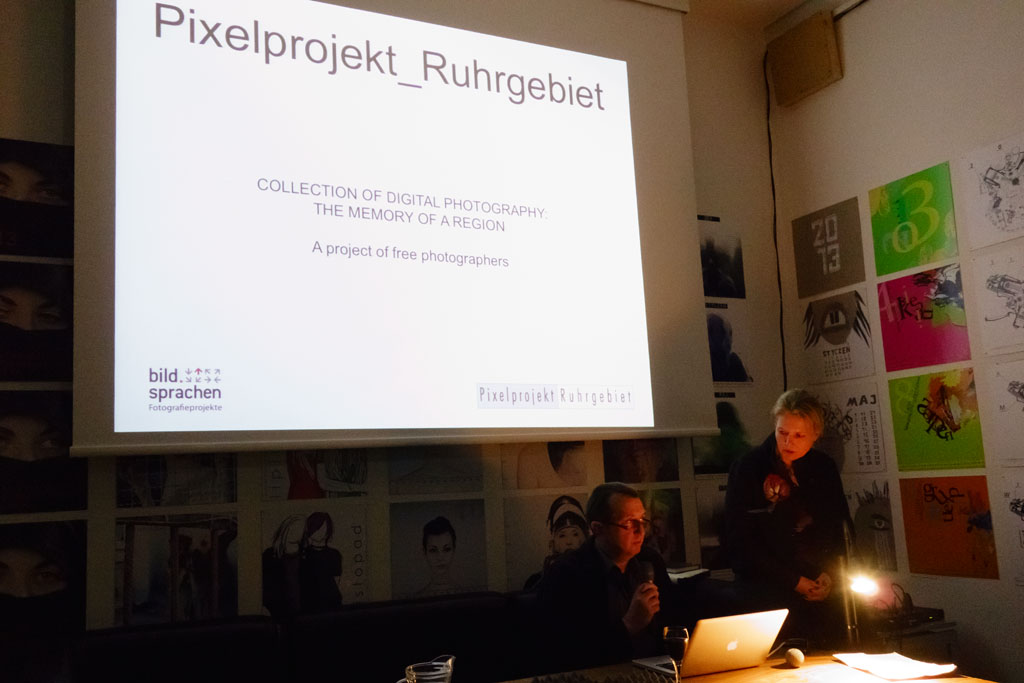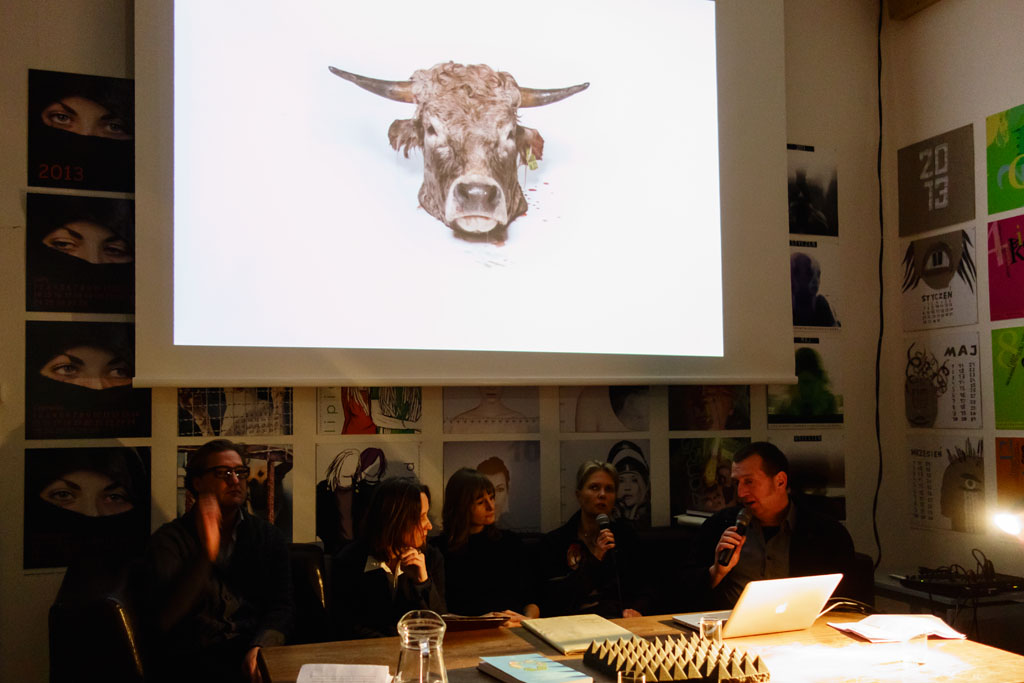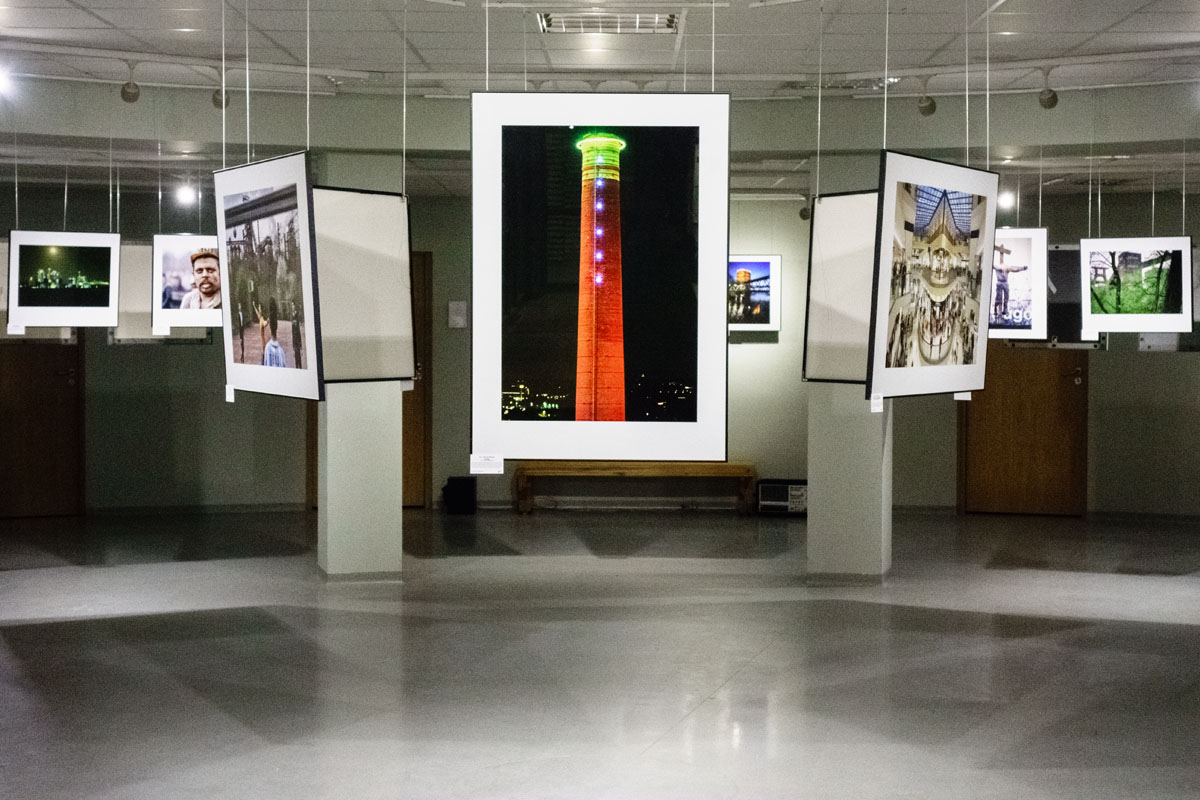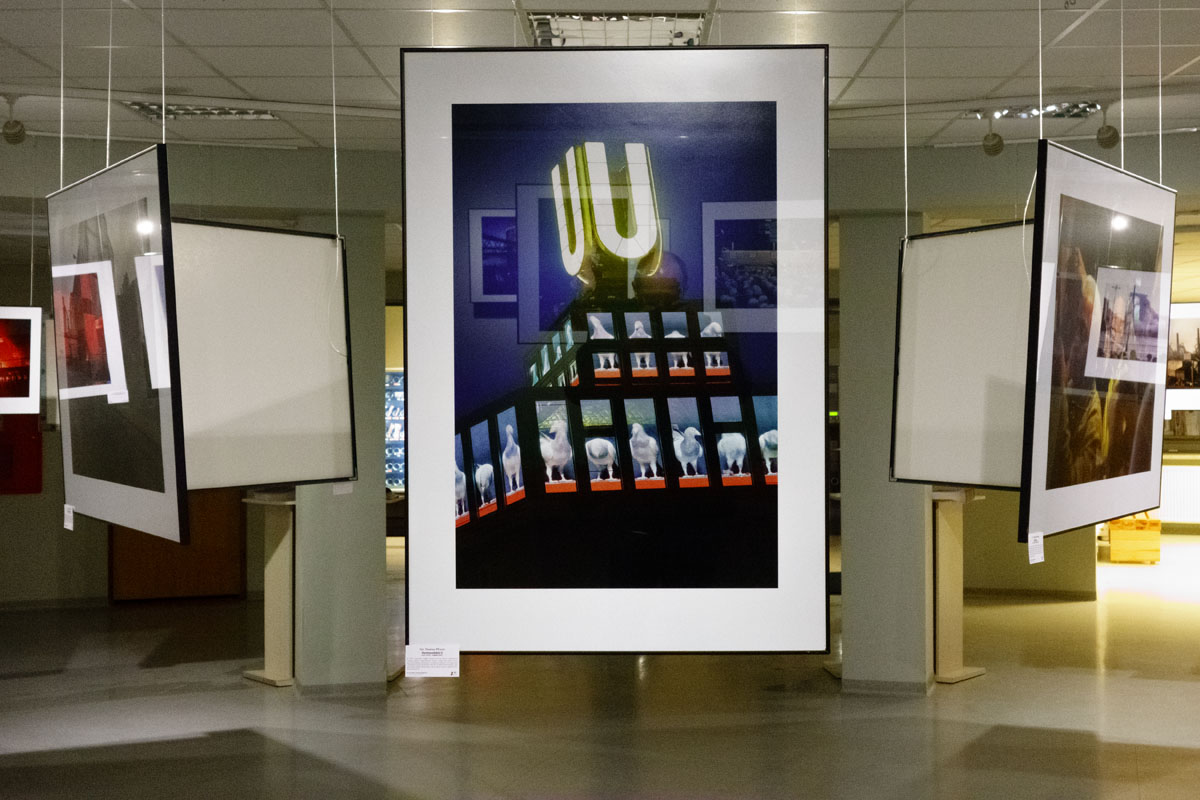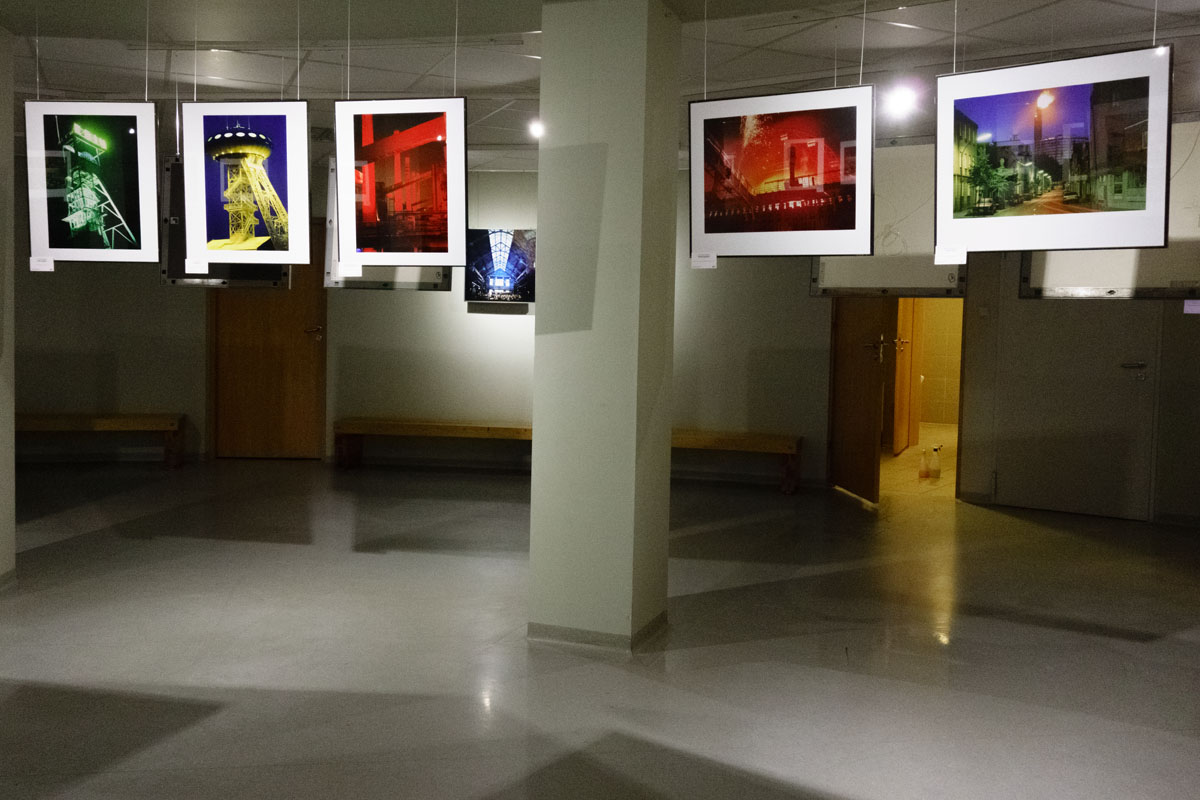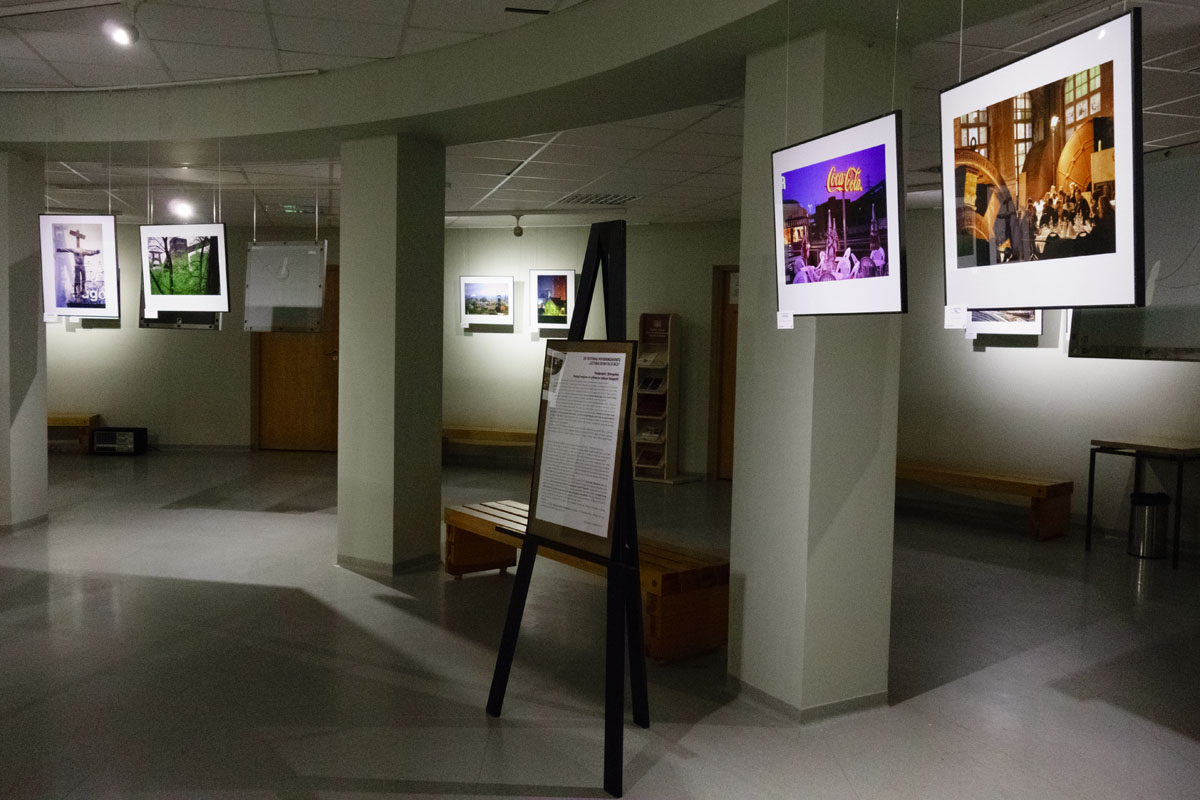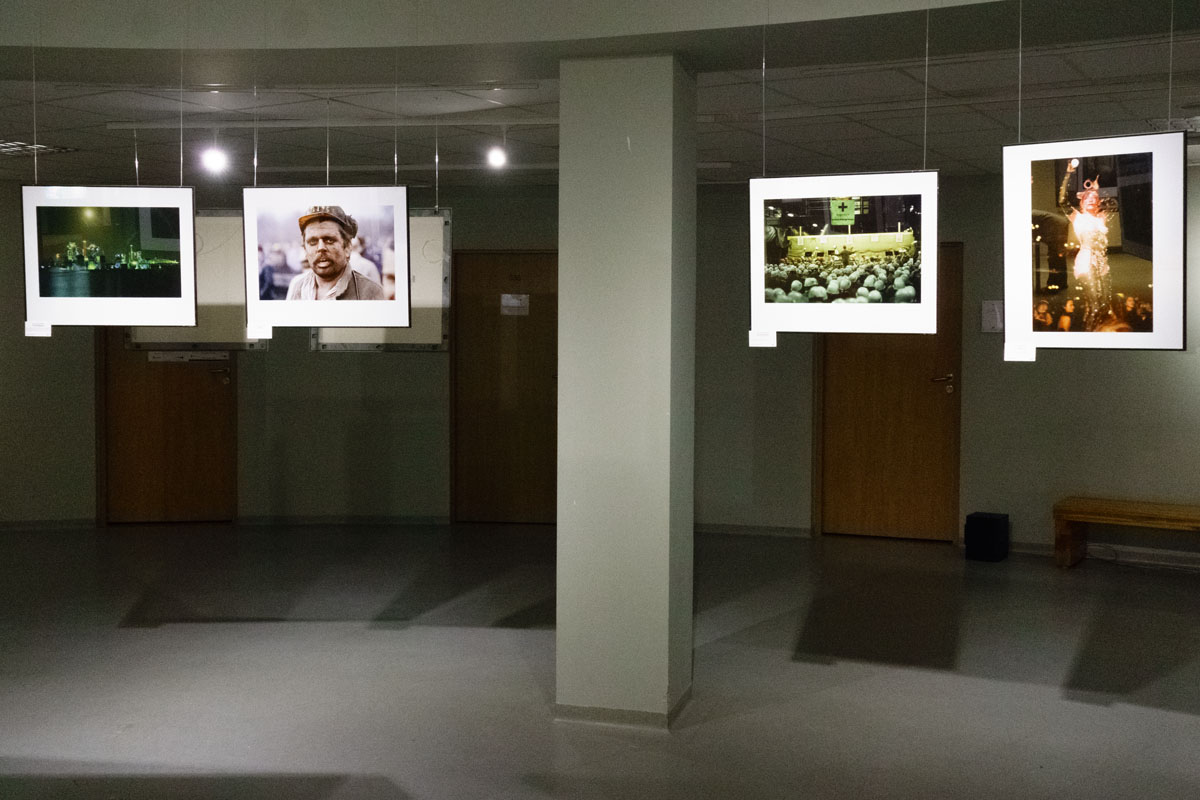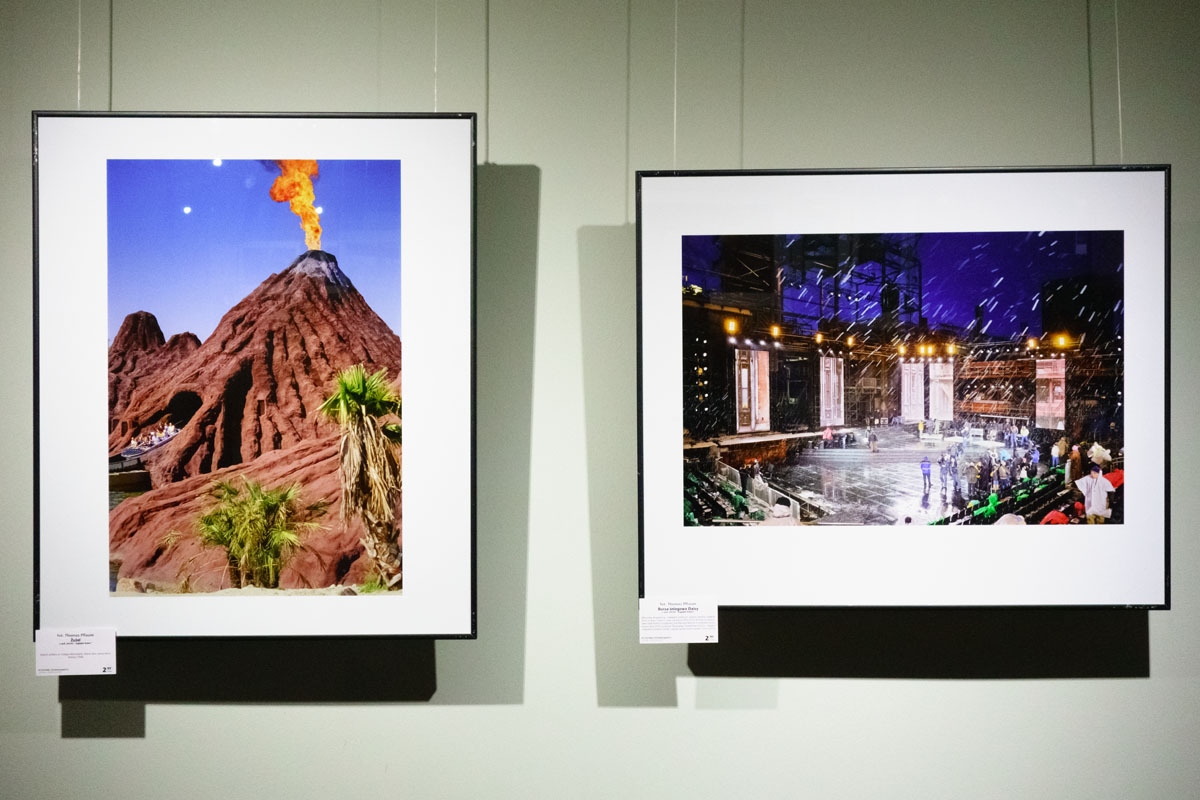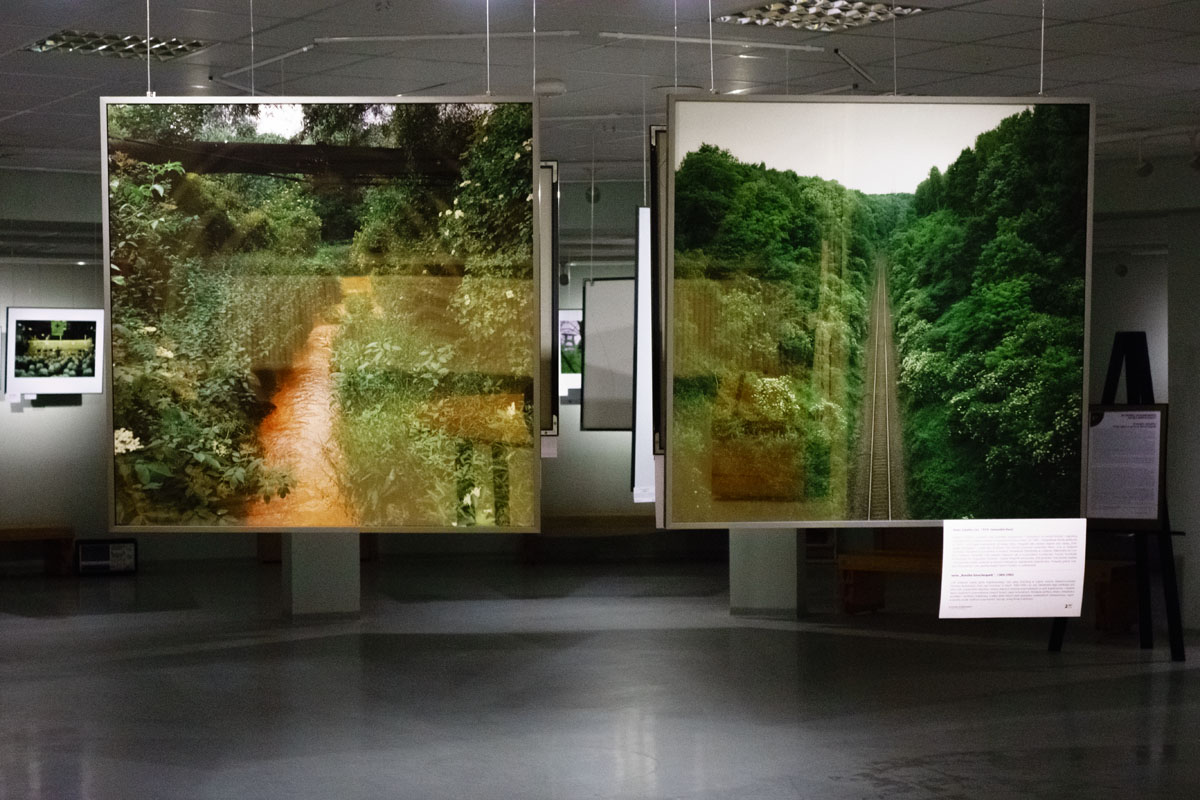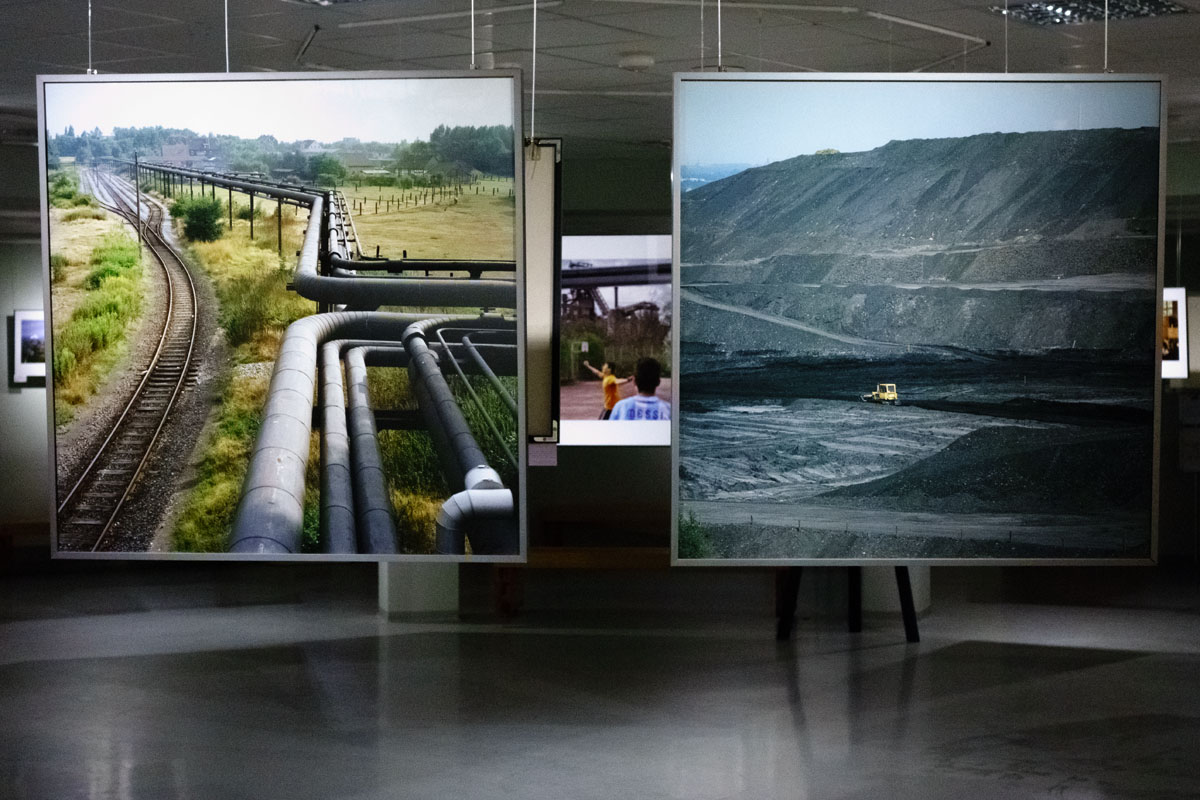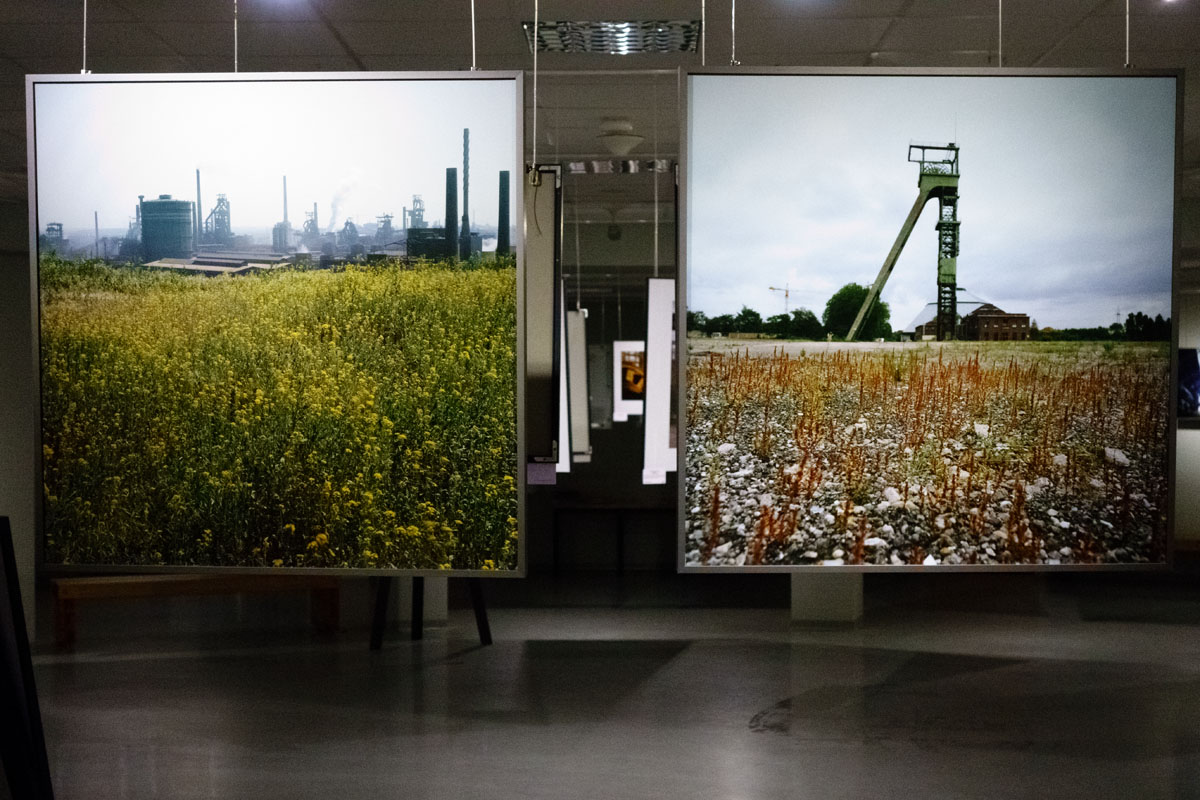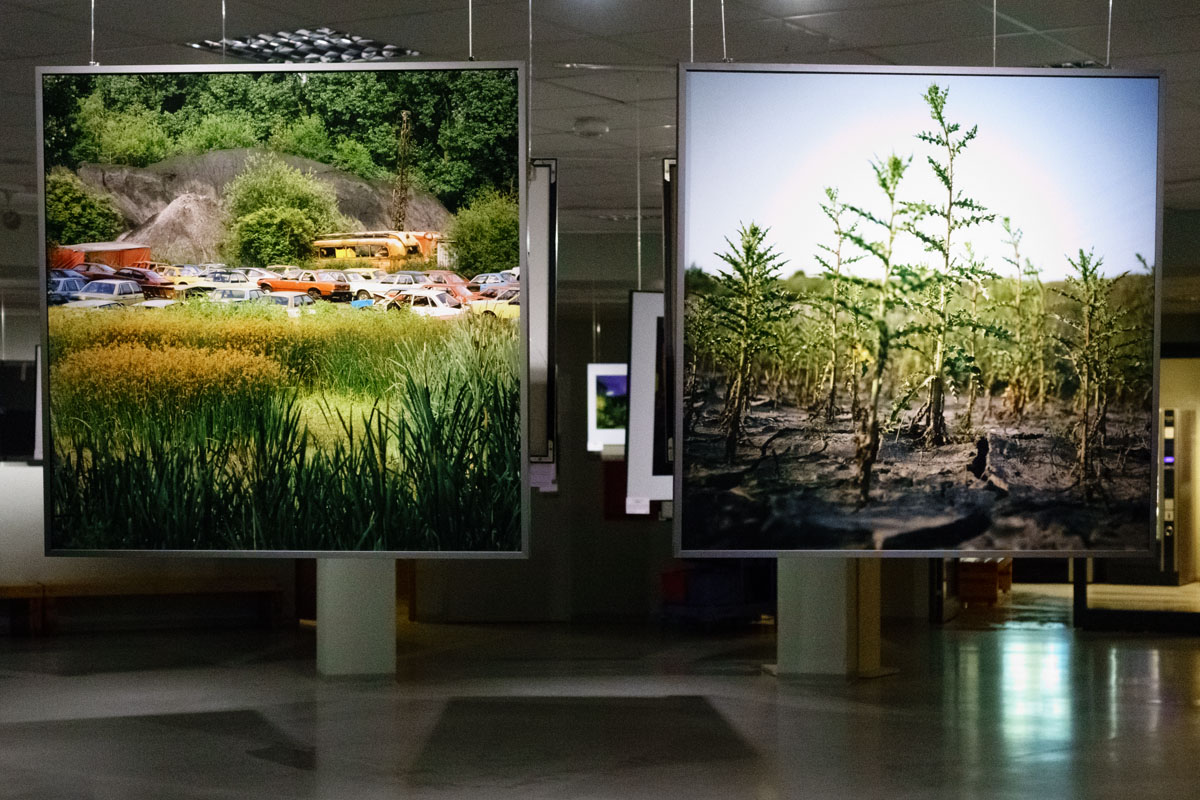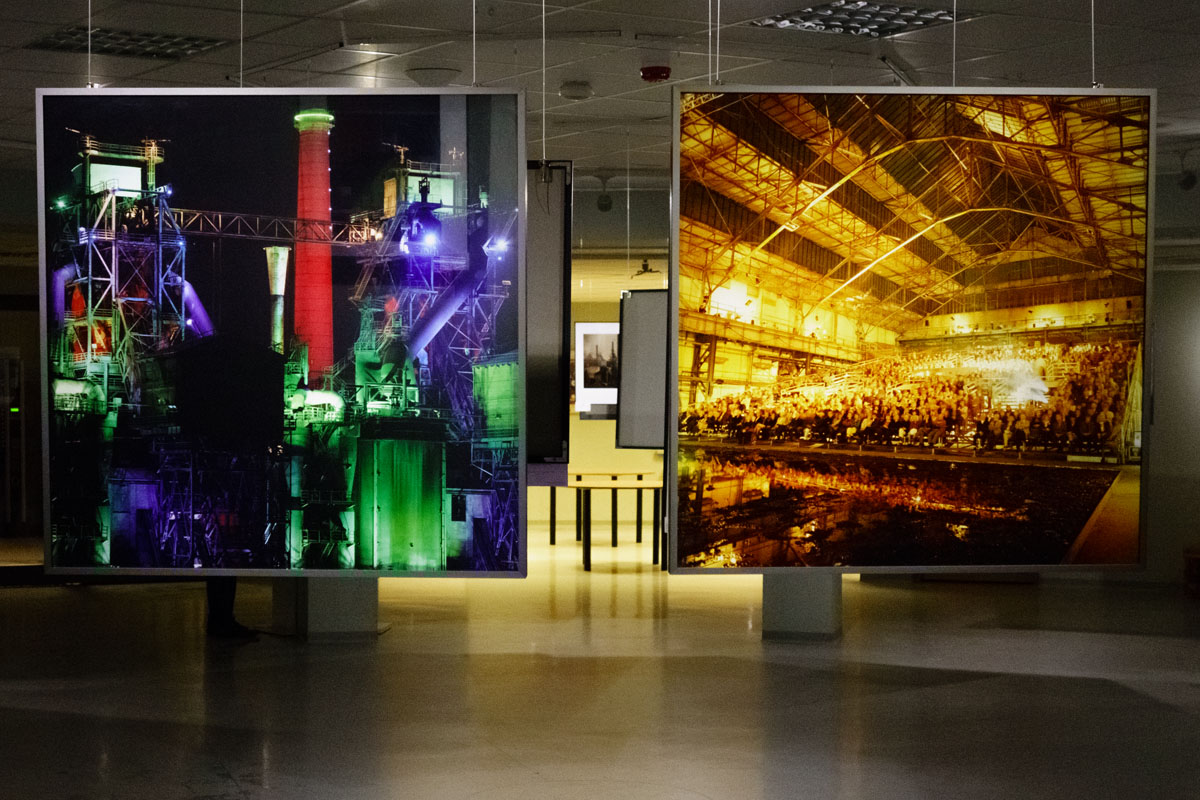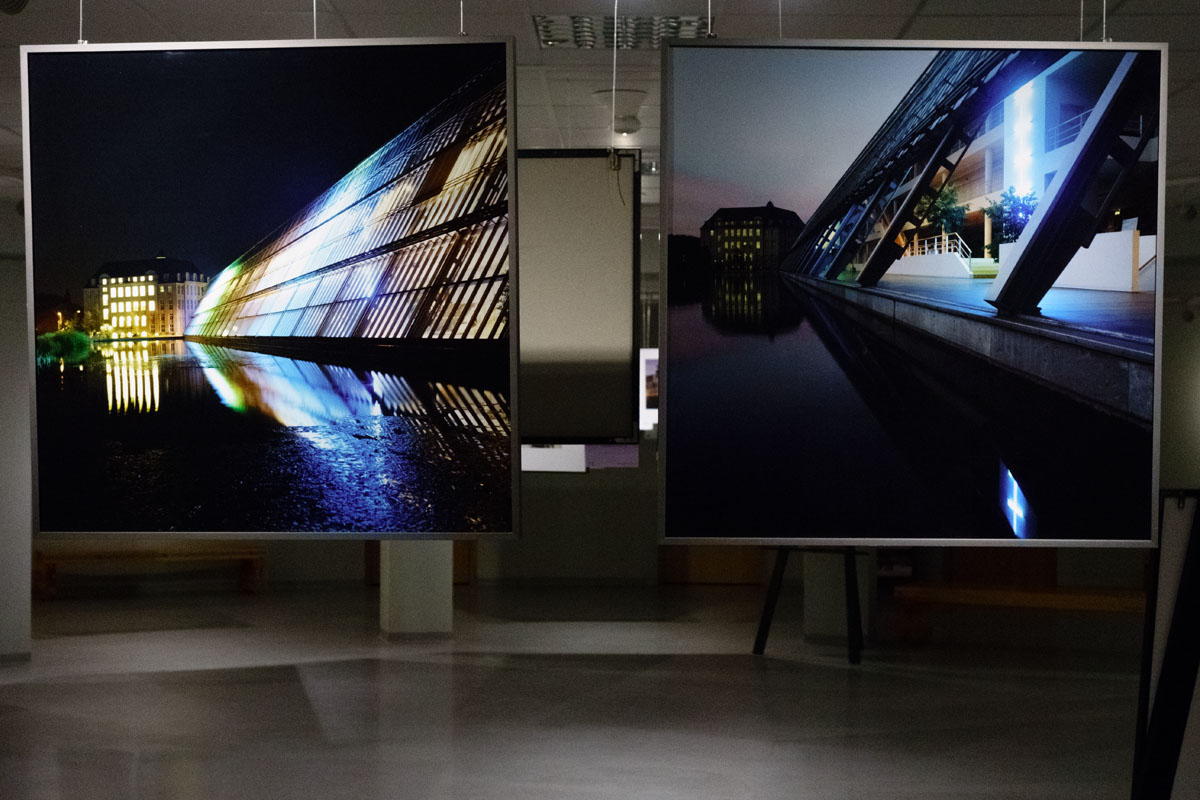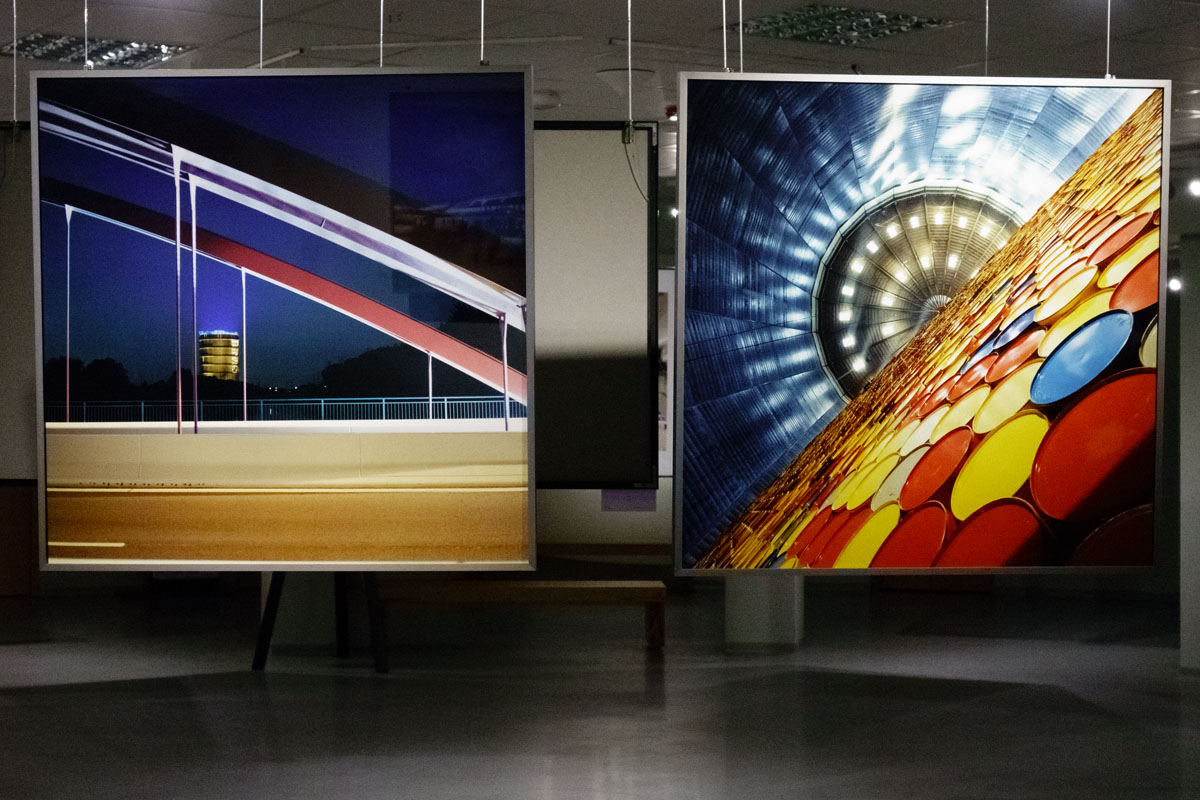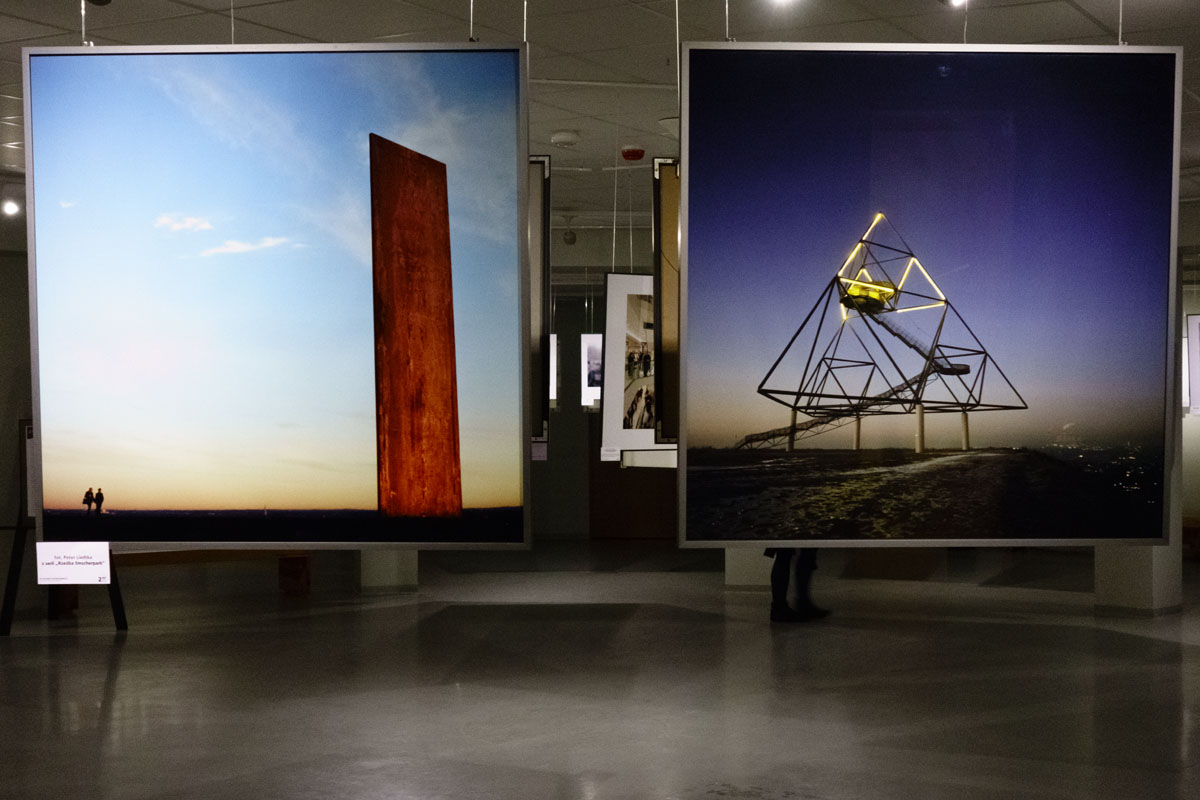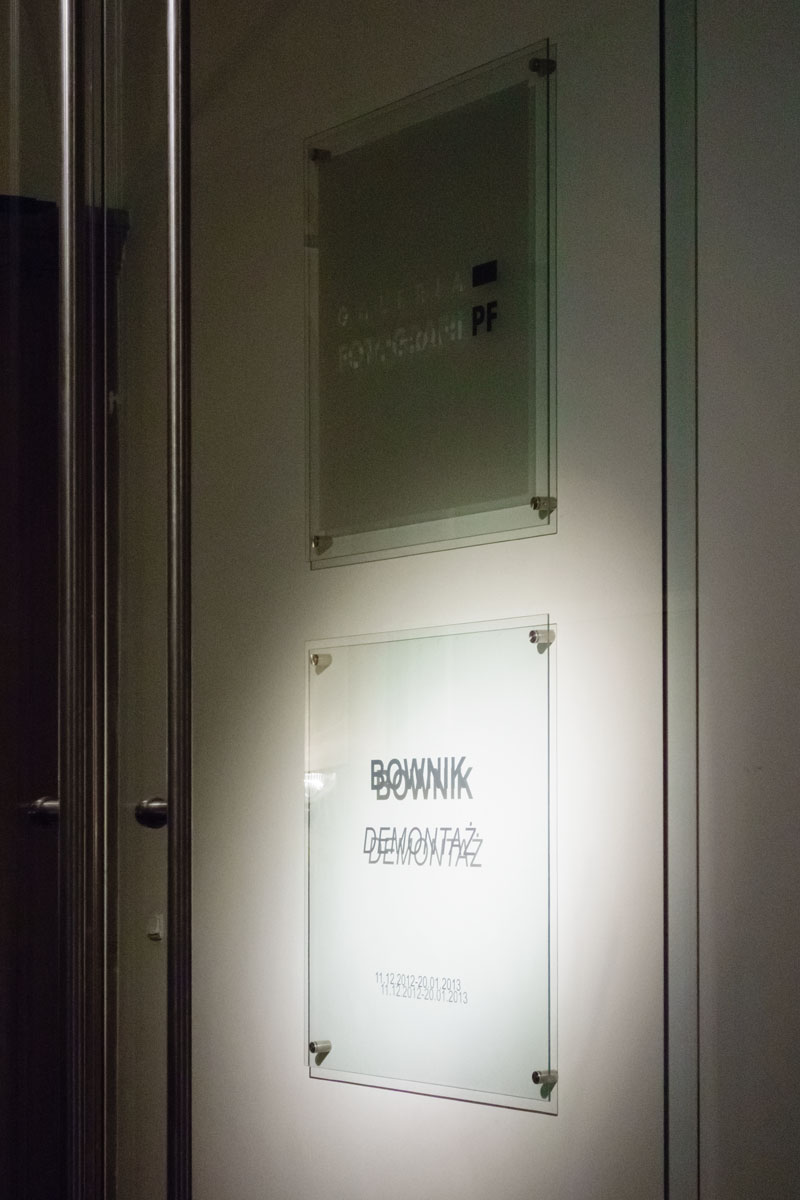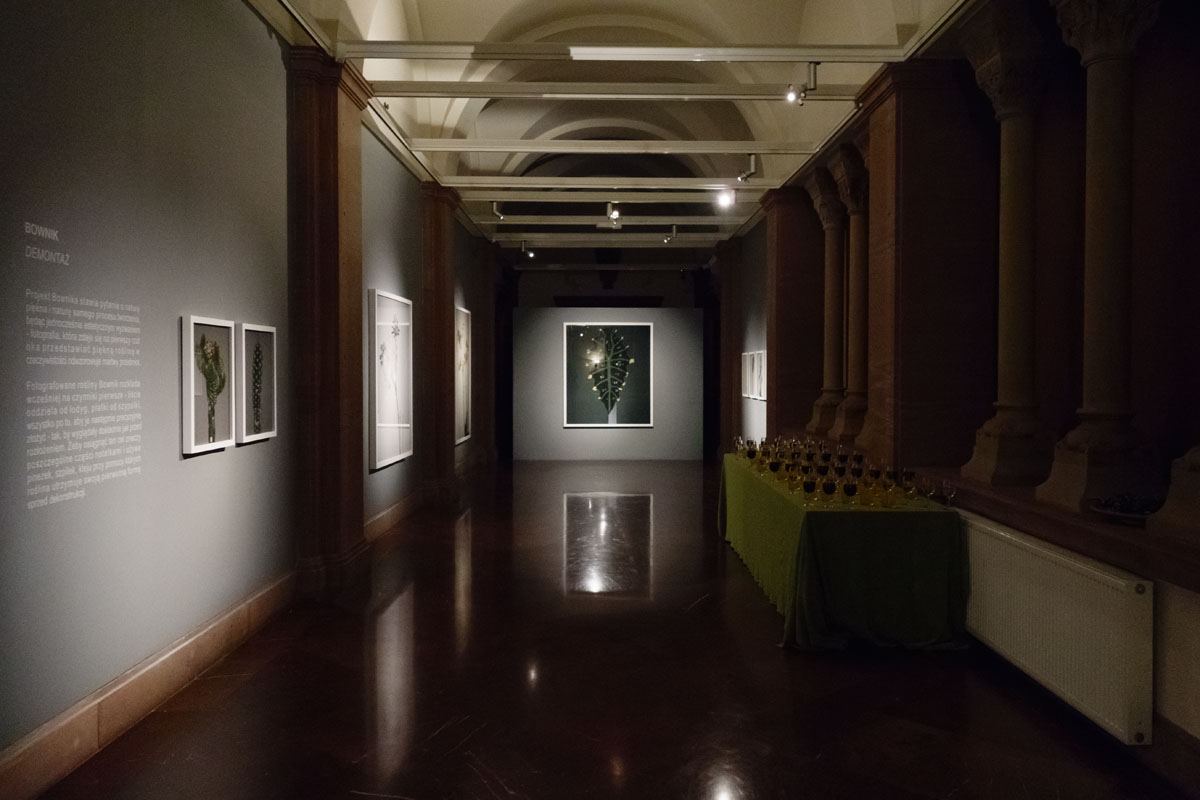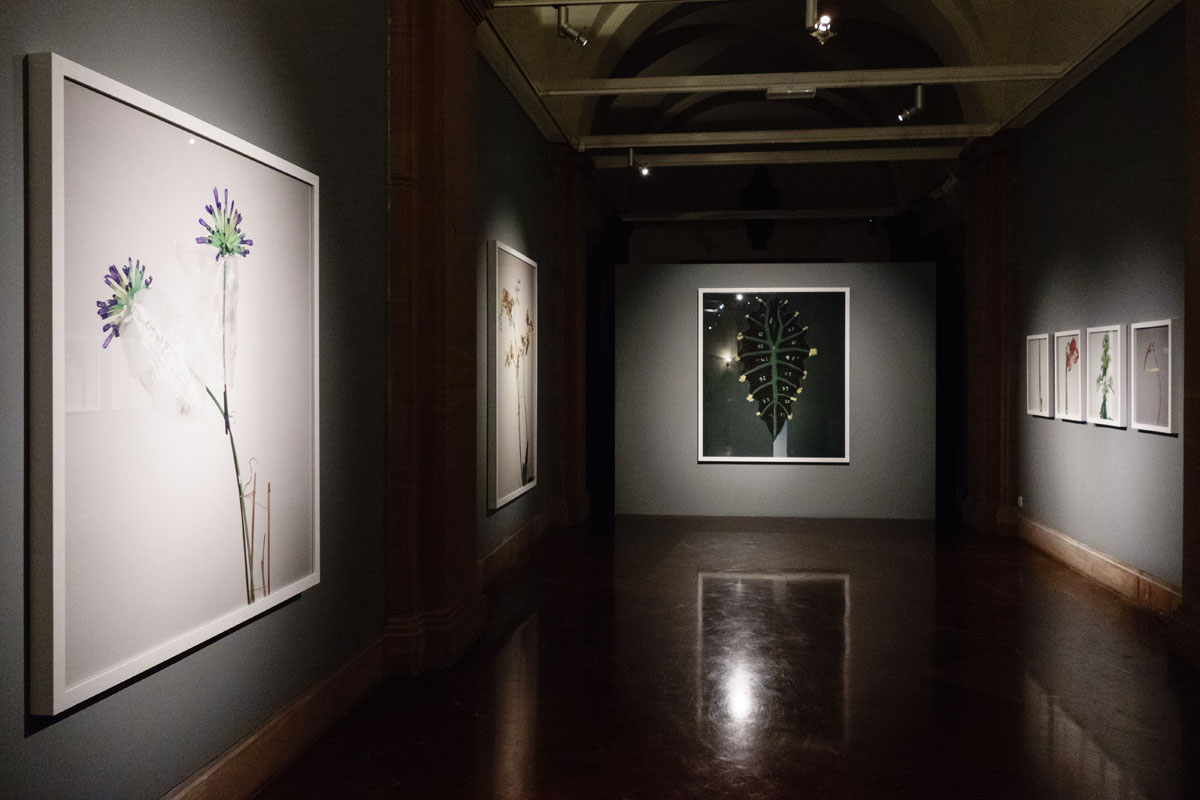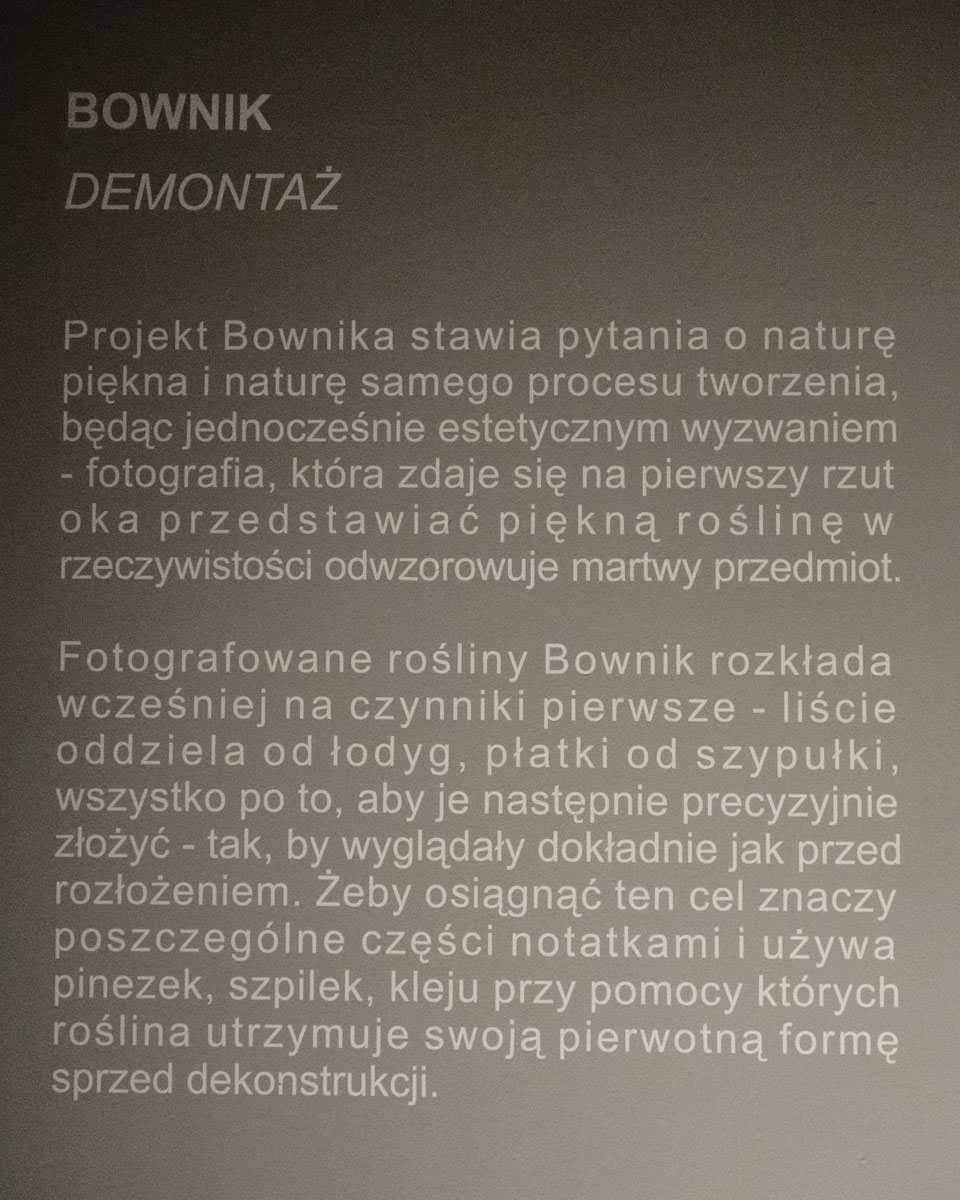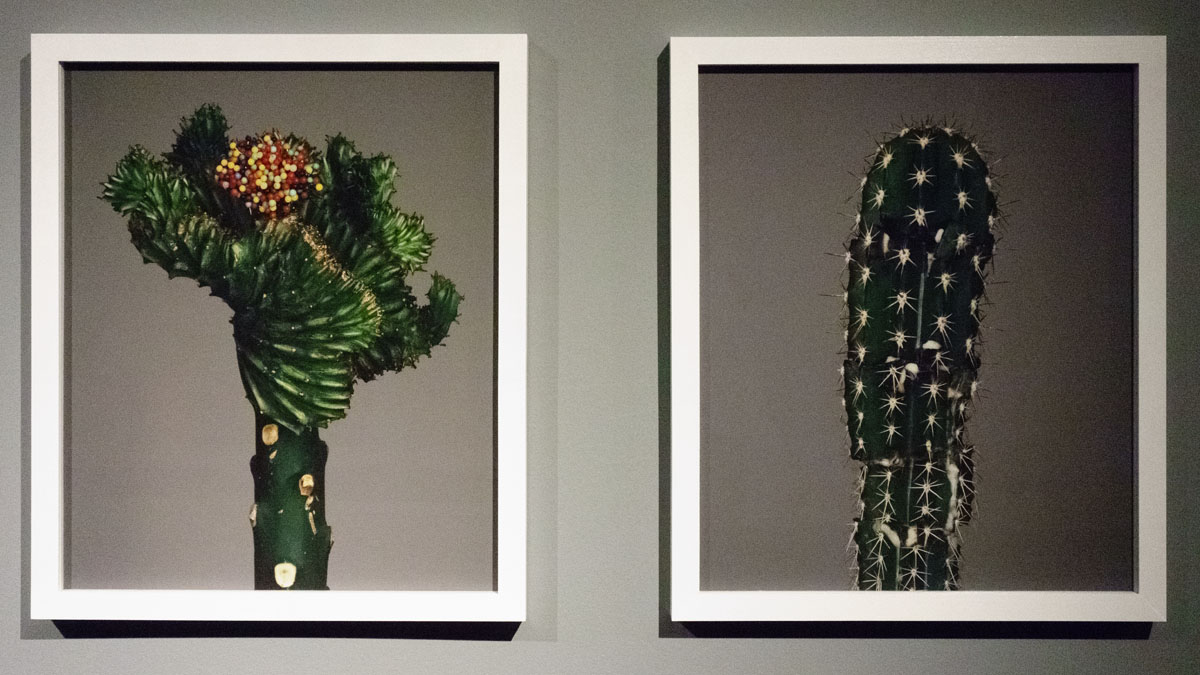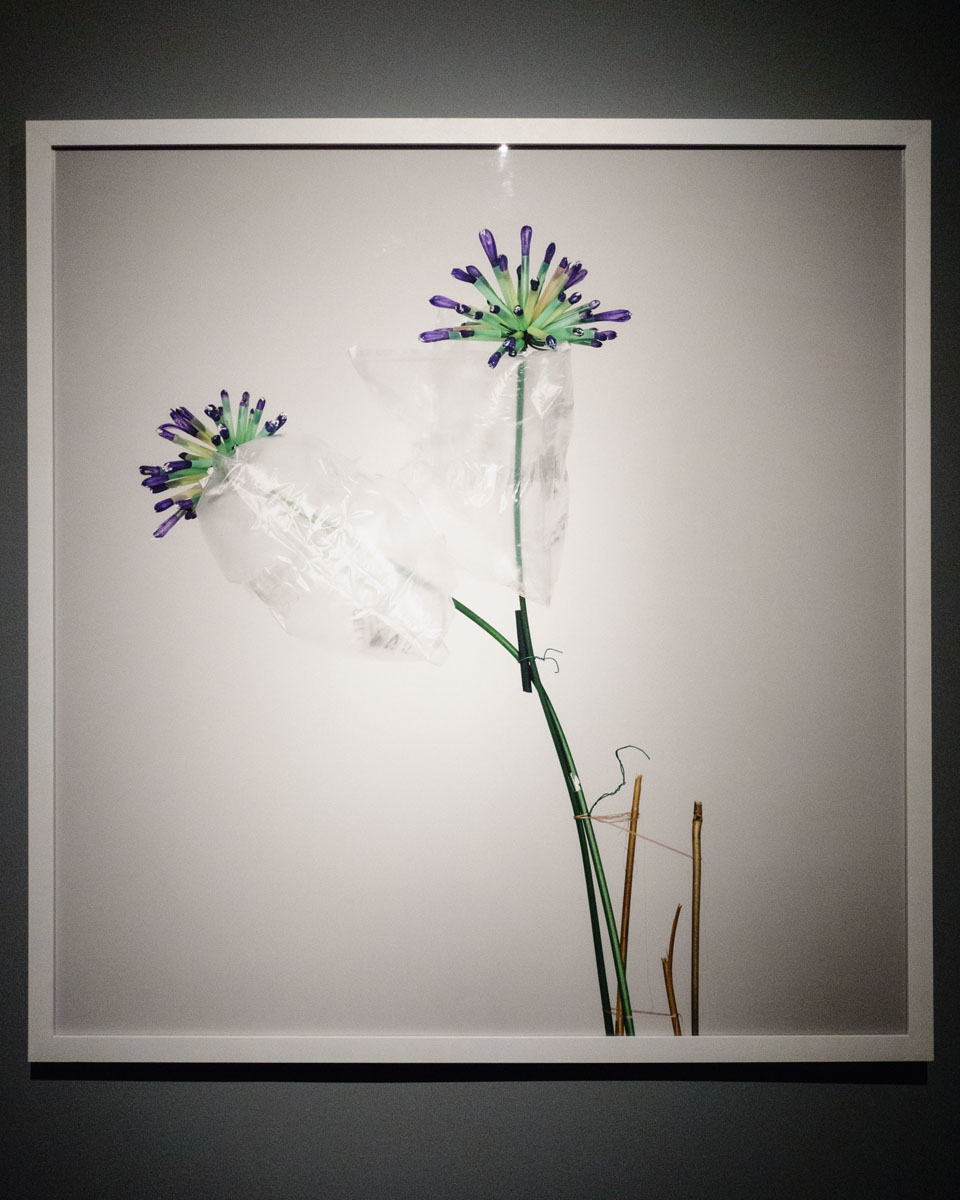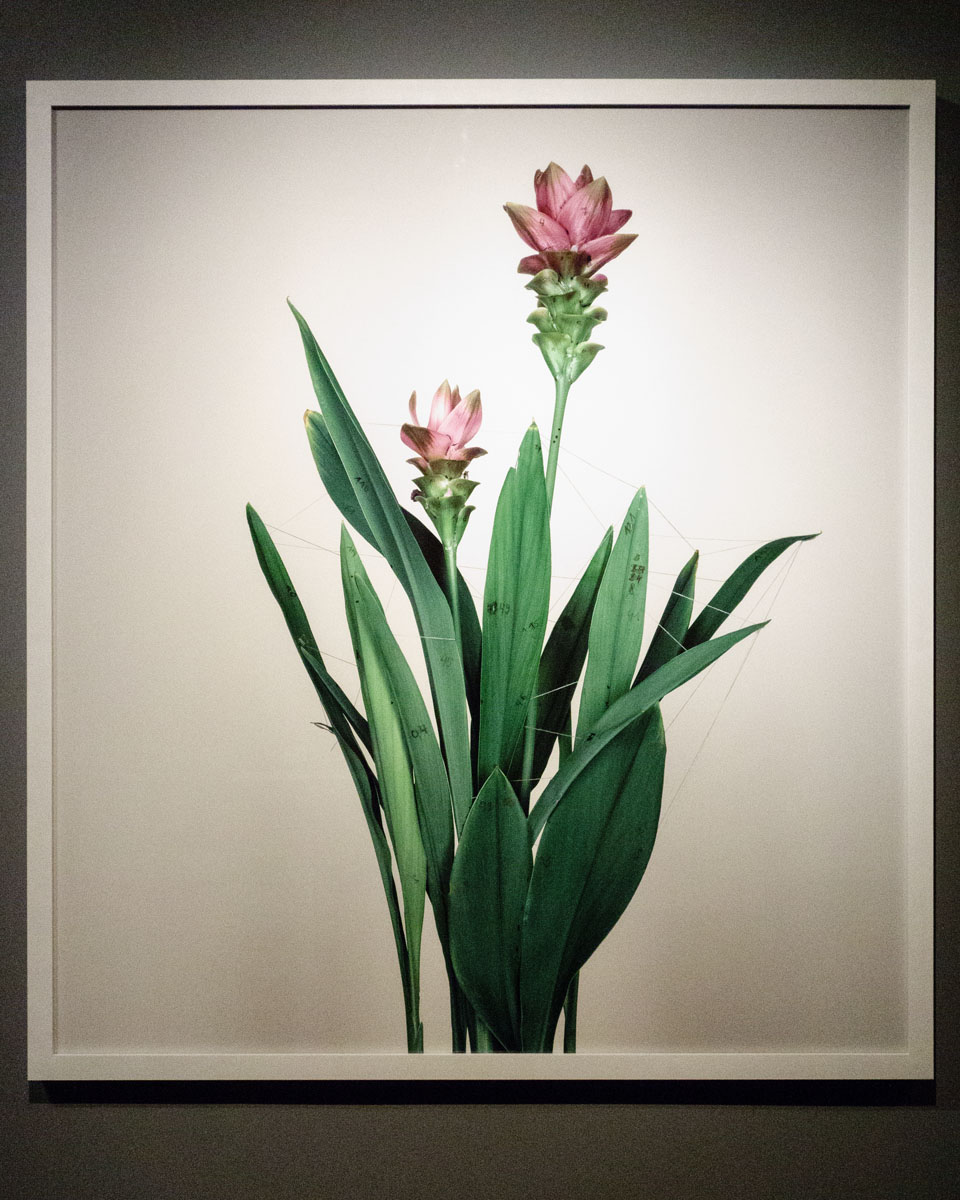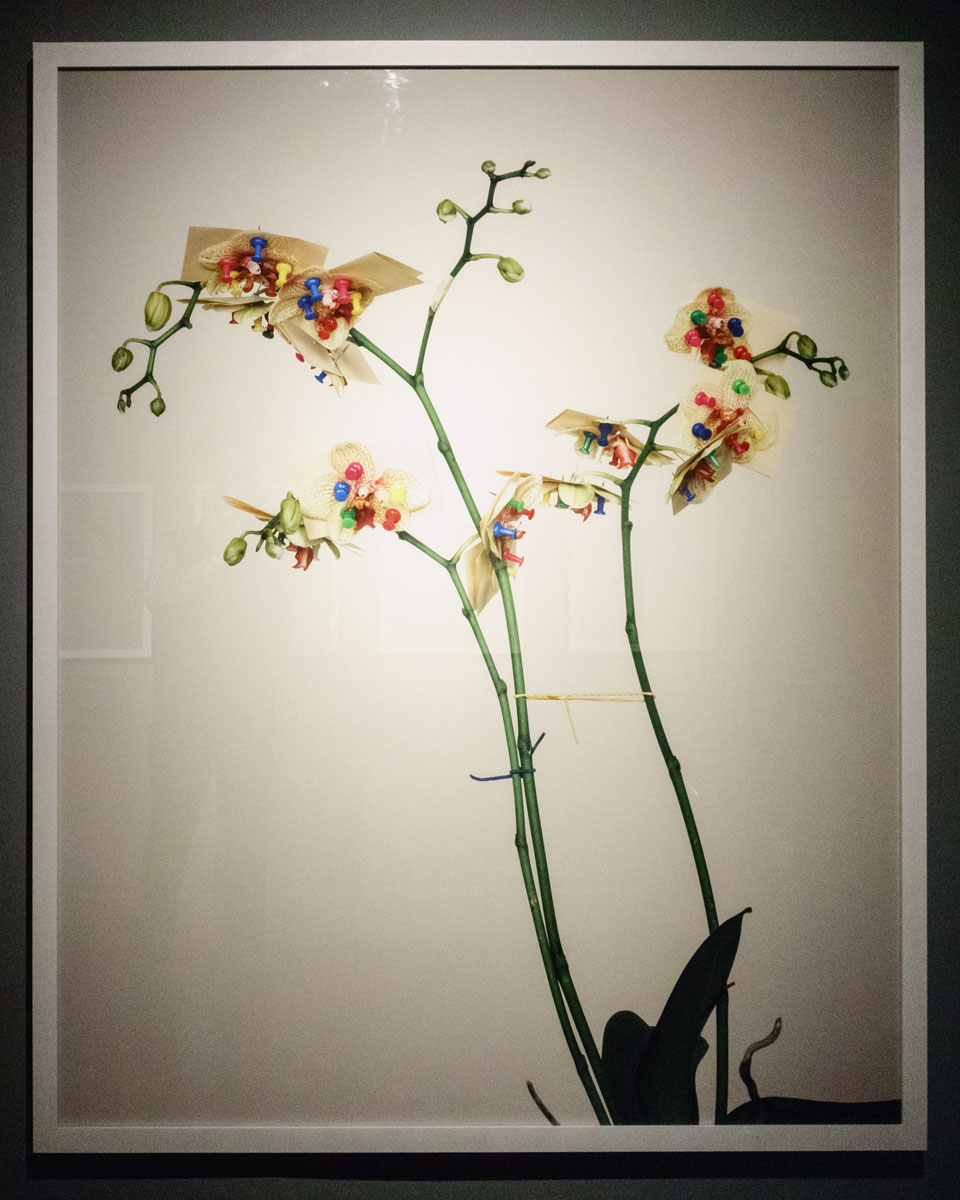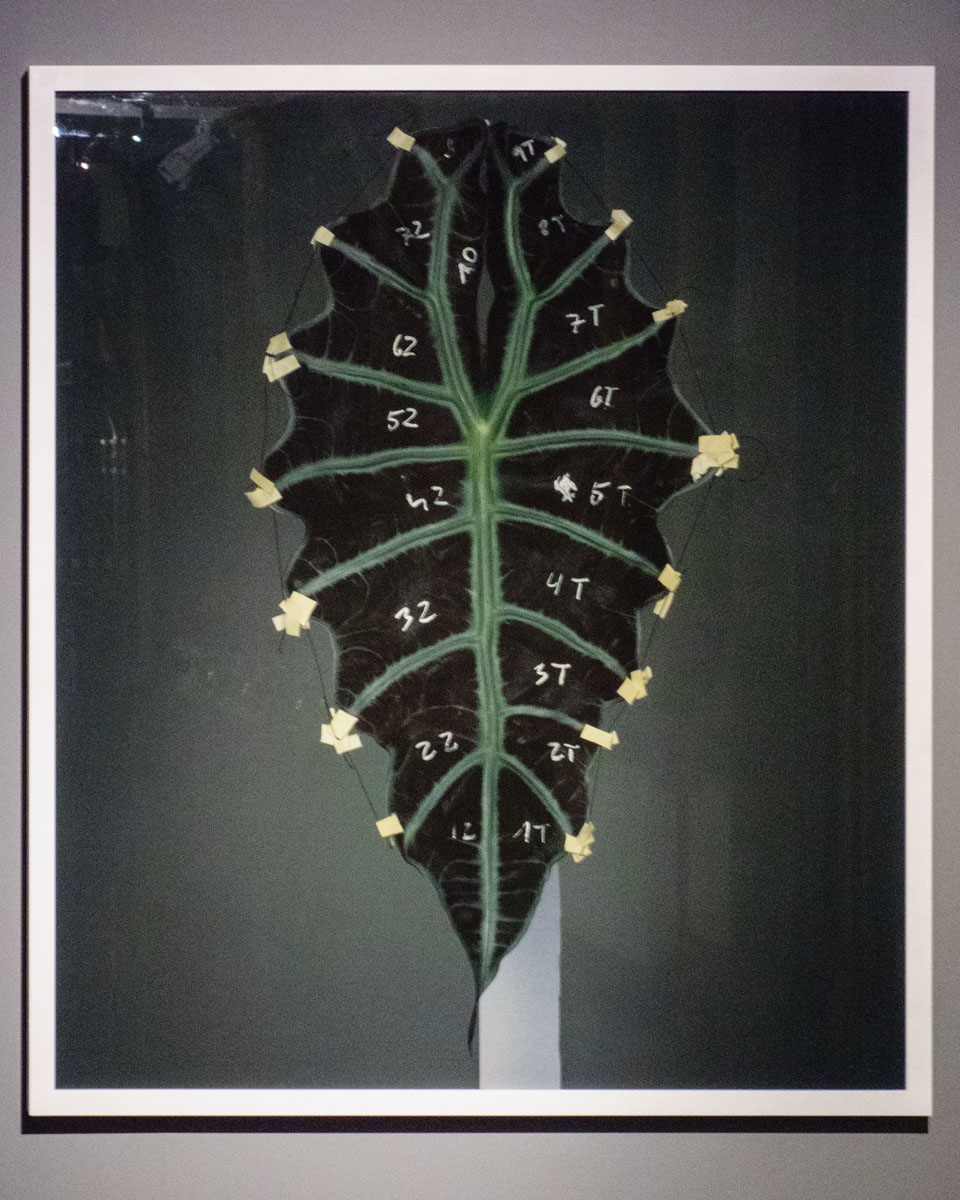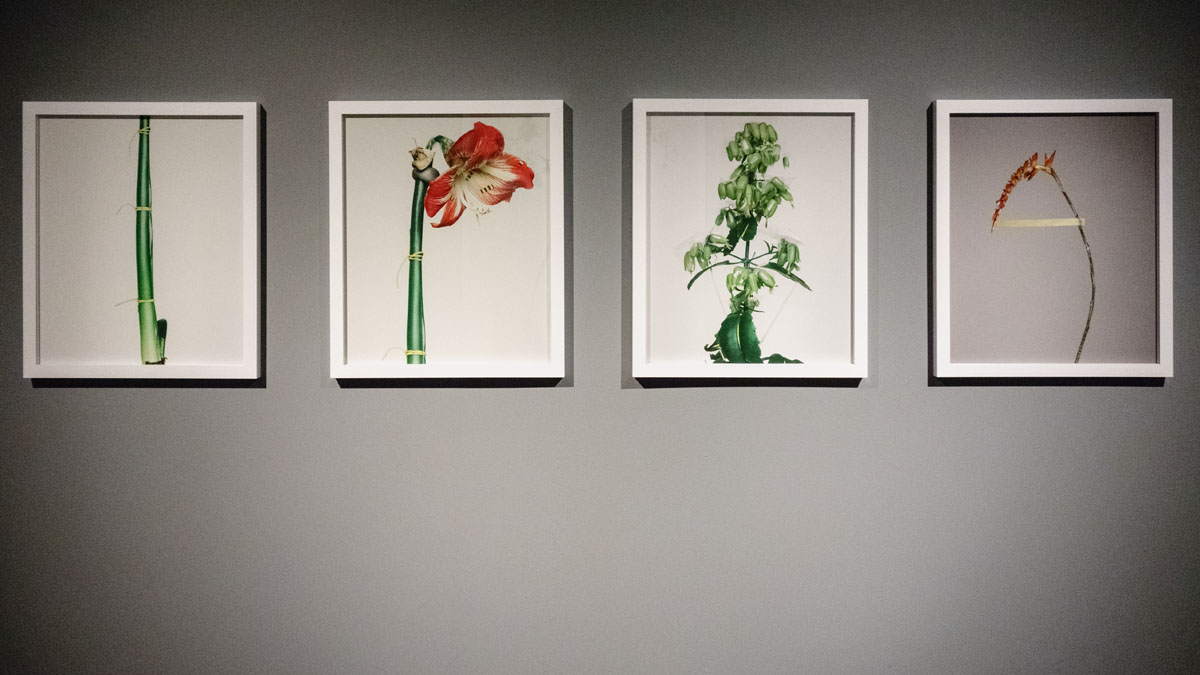Na ostatni tydzień roku 2012 miałem w planach Tobisologii cykl tekstów podsumowujących minione 12 miesięcy, niestety życie zweryfikowało te plany. Święta spędziliśmy w większości w szpitalu, towarzysząc mojemu Tacie, którego stan zdrowia nagle i niespodziewanie pogorszył się. Przeprowadzona szeroka diagnostyka nie dała odpowiedzi na pytanie, co było przyczyną tak gwałtownego pogorszenia, mimo to mam najwyższe uznanie dla pracy i starań lekarzy oraz pozostałego personelu medycznego Oddziału Neurologii w Wielospecjalistycznym Szpitalu im J. Strusia w Poznaniu.
Tato odszedł wczoraj. Był emerytowanym profesorem zwyczajnym prawa karnego na Wydziale Prawa i Administracji Uniwersytetu im. Adama Mickiewicza, uczniem i wychowankiem, a także późniejszym bliskim współpracownikiem profesora Tadeusza Cypriana - wybitnego prawnika i takiegoż fotografa, którego zasługi dla polskiej fotografii oraz ruchu fotograficznego po II wojnie światowej są trudne do przecenienia. Poznań był wtedy niekwestionowanym centrum odradzającego się życia fotograficznego w Polsce.
Pamiętam jak, będąc małym dzieckiem, odwiedzałem Tatę w jego gabinecie, przyglądałem się wiszącym na ścianie, sygnowanym atramentem fotografiom Tadeusza Cypriana i zazdrościłem fotografowi jego dalekich podróży, pięknych widoków oraz spotkań z ludźmi. Obecnie te właśnie fotografie wiszą u mnie w pracowni - Tato podarował mi je gdy likwidował swój gabinet na uczelni. Nie byłem w pracowni od kilku dni, sam jestem ciekaw, jak będę patrzył na te zdjęcia teraz. Pamiętam, że to właśnie od profesora Cypriana dostałem pierwsze wskazówki co do fotografowania; miałem wtedy około 10 lat.
Ostatni raz Tato pojawił się publicznie na wernisażu mojej wystawy w Galerii SPOT. 19 października 2012. Postać profesora Cypriana stała się głównym tematem rozmowy, o którą poprosił go Maciej Szymanowicz. Przysłuchiwałem się tej rozmowie z olbrzymią przyjemnością. Tato piękną, wręcz literacką polszczyzną opowiadał o szeregu faktów i historyjek z życia profesora Cypriana, które nie są powszechnie znane.
Zdjęcie zamieszczone poniżej przedstawia ulubione miejsce Taty w salonie, gdzie siadał w swoim foteliku aby czytać gazety lub oglądać telewizję. Zdjęcie zrobiłem "z ręki" jako któryś kolejny test oświetlenia podczas ostatniej sesji portretowej u rodziców i sam do końca nie wiem, dlaczego je zachowałem. Może dlatego, że jest po prostu prawdziwe. Na pewno pokazuje pustkę...
Aktualizacja 29.12.2012, 23:09
Ceremonia pogrzebowa rozpocznie się o godzinie 13 w czwartek, 3 stycznia 2013, na cmentarzu przy ul. Bluszczowej w Poznaniu.
For the last week of 2012 I had planned a series of posts on Tobisology, summarising the past 12 months; unfortunately life has verified these plans. We spent Christmas mostly in the hospital, accompanying my Dad whose health was suddenly and unexpectedly deteriorating. Extensive diagnostics conducted did not give answers to the question, what caused such a rapid deterioration. Nonetheless I have highest esteem for the work and efforts of doctors and other medical staff at the Department of Neurology, Multidisclipinary Hospital J. Strus in Poznan.
Dad passed away yesterday. He was a retired professor for penal law at the Faculty of Law and Administration of the Adam Mickiewicz University in Poznan, a graduate student and later close co-worker of Professor Tadeusz Cyprian, great lawyer and photographer, whose contribution to Polish photography in general and organised photographic movement after World War II is difficult to overestimate. Poznan was back then the centre of the rebirth of photographic life in Poland.
I remember, being a little kid, when I visited Dad in his office, I looked at the photographs of Tadeusz Cyprian's on the wall, signed in ink, and envied the photographer of long distance travels, beautiful landscapes and meeting interesting people. At present these photos are hanging in my studio - Dad offered them to me when liquidating his office at the university. I have not been in the studio for a few days, I'm curious how I will look at these pictures now. It was also from Professor Cyprian that I got my first advices how to photograph, at the age of ten or so.
Last time Dad appeared in public was at the opening of my exhibition at the SPOT. Gallery October 19th, 2012. Professor Cyprian became main topic of the conversation, kindly requested by Maciej Szymanowicz. I was listening to this conversation with great pleasure. Dad talked about a number of facts and stories from the life of Professor Cyprian, which are not widely known, in beautiful, sheer literary language.
The picture above shows the favourite place of Dad in his living room, where he used to sit down in the armchair to read newspapers, magazines or watch TV. I took this photograph hand-held as a lighting test in the last portrait session with the parents and I myself do not really know why I kept it. Maybe because it is simply just true. And it obviously shows emptiness...
Update December 29th, 2012, 11:09 pm:
The funeral ceremony will begin at 1 pm on Thursday, January 3rd, 2013, at the Bluszczowa Street cemetery in Poznan.
piątek, 28 grudnia 2012
poniedziałek, 24 grudnia 2012
piątek, 21 grudnia 2012
DxO Mark - czyli co Nikon robi źle / DxO Mark - what Nikon does wrong
DxO Labs opublikowały przedwczoraj
wyniki testu "topowego bezlusterkowca" firmy Nikon. Na początek naszych
rozważań proponuję zerknąć na poniższy obrazek, stanowiący porównanie
wyników trzech aparatów, z grubsza podobnie pozycjonowanych na rynku
przez Nikona, Sony oraz Canona (przy czym oczywiste jest, że Nikon nie
ma w swojej ofercie kompaktu z dużym sensorem). Niejako przy okazji
potwierdza się znakomita jakość sensora w Sony RX100, zwłaszcza w takich
kategoriach jak Color Depth (22,6 vs. 21,7 i 20,2 bitów) oraz Dynamic Range (12,4 vs. 10,8 EVs u konkurencji). Wyniki testów DxO Labs unaoczniają
aż nadto wyraźnie słuszność tezy, że Nikon 1 V2, podobnie zresztą jak
cały koncept System 1 jest ofertą nijaką, bez wyraźnie określonej grupy
docelowej. Już od premiery systemu jakość produkowanego obrazu była poniżej
dobrze radzącej sobie na rynku konkurencji (chociażby w postaci systemu micro 4/3), co więcej przy kolejnej
iteracji sprzętu nie tylko nie uległa ona zauważalnej poprawie, ale wręcz
pogorszyła się w niektórych aspektach w porównaniu z pierwszą generacją.
Trudno mi do dzisiaj zrozumieć, komu mogę System 1 Nikona polecić.
Zaawansowany amator? Zawodowiec? Pudło - aparat nie jest kompaktowy,
zwłaszcza z zapiętym zoomem (odpada więc jako podręczne uzupełnienie
dużego sprzętu), zachowuje się bardzo kiepsko przy wysokim ISO, ma marny
autofokus, nie nadaje się więc do poważniejszej pracy jako podstawowe
narzędzie. Przy czym technologicznie dałoby się zrobić dużo więcej, o
czym świadczy przykład Sony RX100 - wykorzystuje sensor tej samej
wielkości (1"), bijąc przy tym "jedynki" Nikona jakością zobrazowania na głowę, mimo prawie
dwukrotnie większej liczy punktów obrazu. Z kolei G1X Canona najlepiej z
całej stawki radzi sobie przy wysokim ISO, co nie zaskakuje o tyle, że
zastosowany w nim sensor (w przybliżeniu APS-C) jest znacznie większy niż w omawianych aparatach Nikona i Sony. W przypadku Nikona po prostu nie widać zysku, jaki powinno dać zastosowanie wymiennej optyki względem koncepcji dobrego kompaktu. Można jedynie spekulować, dlaczego finalnie zdecydowano o takim właśnie, a nie innym kształcie systemu "bezlusterkowego" u Nikona, lecz z pewnością dużą rolę odegrała obawa przed "kanibalizacją" segmentu lustrzanek niepełnoklatkowcych (DX), który jest "koniem pociągowym" firmy w obszarze foto. Zaproponowano więc coś, co sytuuje się bliżej popularnych kompaktów (wielkość sensora 1/1,7" i mniej) niż lustrzanek DX. System 1 jest niemal całkowicie nieatrakcyjny dla użytkowników sprzętu Nikona, ze względu na brak możliwości wykorzystania posiadanych obiektywów i lamp błyskowych. Co prawda istnieje możliwość założenia obiektywów z bagnetem F, ale przy mnożniku ogniskowej 2,8 sens ma to wyłącznie w przypadku długich tele. No i teraz - drogi Czytelniku - dochodzimy do sedna. Jak Nikon wyobraża sobie przyszłe relacje ze swoimi użytkownikami, jeśli zaczął sprzedawać swój sprzęt foto przez kolejne znaczące obniżki cen? W wielu segmentach, po raz pierwszy w historii, firma zaczęła faktycznie stosować dumping. Do zeszłego roku kupno na przykład body i dobrej optyki stanowiło niezłą inwestycję, zwłaszcza w połączeniu z bardzo konserwatywnym podejściem producenta do serwowania nowości. Obecnie w praktycznie każdym segmencie Nikon (może z wyjątkiem obszaru D3s-D4) znacząco obniżył ceny, i to na całym świecie, co świadczyć może o tym, że za wszelką cenę walczy o udział w rynku, co z kolei mogłoby sygnalizować (choć to już daleko idąca spekulacja) potencjalne zmiany w strukturze właścicielskiej. Jest jeszcze kilka alternatywnych możliwości, ale jedno jest pewne - jeśli Nikon przyzwyczai swoich obecnych i przyszłych klientów do upustów oraz ofert na atrakcyjne cenowo zestawy, odzyskanie dawnego poziomu rentowności będzie niemożliwe lub co najmniej ekstremalnie trudne.
Nikon więcej rzeczy robi ostatnio źle. Tobisologia wróci do tej kwestii niebawem.
DxO Labs published the day before test results of the top mirrorless by Nikon. At the beginning I suggest a look at the picture above which is a comparison of the results of three cameras, roughly similarly positioned in the market by Nikon, Sony and Canon (although it is clear that Nikon does not have a compact with large sensor in its offer). This table, by the way, confirms the excellent quality of the Sony RX100 sensor, especially in categories Color Depth (22.6 vs. 21.7 and 20.2 bits) and Dynamic Range (12.4 vs. 10.8 EVs in competition). DxO Labs test results all too clearly support the validity of the thesis that the Nikon 1 V2, just like the whole concept of System 1 is vague, without a clearly defined target group. From the launch of the system on the produced image quality was noticeably lower than that of the well established competition (e.g. the micro 4/3 system). What is more, the next iteration of the equipment not only isn't an improvement, but in some respects is even worse than the first generation. I find it hard to understand today, whom I can recommend the Nikon System 1. Advanced amateur? A professional? Miss - the camera is not compact, especially with zoom lens attached (thus eliminated as a handy supplement to larger equipment), behaves badly at high ISO, autofocus is poor, making it all unsuitable for serious work, as a basic camera. Using the same technology much more could be done, as shown by the example of Sony RX100 - it uses the same sensor size (1 "), clearly winning with the Nikon's "ones" in terms of imaging quality, despite almost twice the pixel count. The Canon G1X is best of the whole party at high ISO, which is not surprising in that the sensor it uses is much larger (about APS-C size) than those of Nikon and Sony. It is additionally hard to see the profit of the concept of interchangeable optics here against a good compact design. One could only speculate as to why Nikon finally decided to introduce such, and not another, form of its mirrorless, but there certainly played a role the fear of "cannibalisation" of the APS-C (DX) DSLR segment, which is the "workhorse" of the company in the photo area. Nikon thus proposed something placed closer to a popular compact (sensor size 1/1, 7 "or less) than the DX SLR. The System 1 is almost completely unattractive for existing users of Nikon equipment, due to the lack of possibility to use their lenses and flash units. It is true that there is an adapter for F mount lenses, but with the crop factor of 2.8 it makes sense only in case of long telephoto. Well, now - dear reader - we come to the point. How does Nikon imagine the future relationships with their users, if they started selling their photo equipment by subsequent significant price cuts? In many segments, for the first time in history, the company actually started to sell at dumping prices. Until last year, for example, buying a body and good lens represented a good investment, especially in the wake of very conservative approach of the company to introducing new products. Currently, in virtually every segment, (with the exception of the D3s-D4) Nikon significantly reduced prices all over the world, and it's evident that they fight for market share at any cost, which in turn could indicate (though it's far-reaching speculation, I have no hard data here) potential changes in the ownership structure. There are also a few alternative options, but one thing is certain - if Nikon gets their current and future customers used to discounts and deals with very affordable sets, the recovery of the former level of profitability will be impossible or at least extremely difficult.
Nikon is recently doing more things wrong. Tobisology will come back to this issue shortly.
Nikon więcej rzeczy robi ostatnio źle. Tobisologia wróci do tej kwestii niebawem.
DxO Labs published the day before test results of the top mirrorless by Nikon. At the beginning I suggest a look at the picture above which is a comparison of the results of three cameras, roughly similarly positioned in the market by Nikon, Sony and Canon (although it is clear that Nikon does not have a compact with large sensor in its offer). This table, by the way, confirms the excellent quality of the Sony RX100 sensor, especially in categories Color Depth (22.6 vs. 21.7 and 20.2 bits) and Dynamic Range (12.4 vs. 10.8 EVs in competition). DxO Labs test results all too clearly support the validity of the thesis that the Nikon 1 V2, just like the whole concept of System 1 is vague, without a clearly defined target group. From the launch of the system on the produced image quality was noticeably lower than that of the well established competition (e.g. the micro 4/3 system). What is more, the next iteration of the equipment not only isn't an improvement, but in some respects is even worse than the first generation. I find it hard to understand today, whom I can recommend the Nikon System 1. Advanced amateur? A professional? Miss - the camera is not compact, especially with zoom lens attached (thus eliminated as a handy supplement to larger equipment), behaves badly at high ISO, autofocus is poor, making it all unsuitable for serious work, as a basic camera. Using the same technology much more could be done, as shown by the example of Sony RX100 - it uses the same sensor size (1 "), clearly winning with the Nikon's "ones" in terms of imaging quality, despite almost twice the pixel count. The Canon G1X is best of the whole party at high ISO, which is not surprising in that the sensor it uses is much larger (about APS-C size) than those of Nikon and Sony. It is additionally hard to see the profit of the concept of interchangeable optics here against a good compact design. One could only speculate as to why Nikon finally decided to introduce such, and not another, form of its mirrorless, but there certainly played a role the fear of "cannibalisation" of the APS-C (DX) DSLR segment, which is the "workhorse" of the company in the photo area. Nikon thus proposed something placed closer to a popular compact (sensor size 1/1, 7 "or less) than the DX SLR. The System 1 is almost completely unattractive for existing users of Nikon equipment, due to the lack of possibility to use their lenses and flash units. It is true that there is an adapter for F mount lenses, but with the crop factor of 2.8 it makes sense only in case of long telephoto. Well, now - dear reader - we come to the point. How does Nikon imagine the future relationships with their users, if they started selling their photo equipment by subsequent significant price cuts? In many segments, for the first time in history, the company actually started to sell at dumping prices. Until last year, for example, buying a body and good lens represented a good investment, especially in the wake of very conservative approach of the company to introducing new products. Currently, in virtually every segment, (with the exception of the D3s-D4) Nikon significantly reduced prices all over the world, and it's evident that they fight for market share at any cost, which in turn could indicate (though it's far-reaching speculation, I have no hard data here) potential changes in the ownership structure. There are also a few alternative options, but one thing is certain - if Nikon gets their current and future customers used to discounts and deals with very affordable sets, the recovery of the former level of profitability will be impossible or at least extremely difficult.
Nikon is recently doing more things wrong. Tobisology will come back to this issue shortly.
poniedziałek, 17 grudnia 2012
Berlin: Dennis Hopper - The Lost Album
W Martin-Gropius-Bau można jeszcze obejrzeć wystawę Dennisa Hoppera pod tytułem "The Lost Album", z programu Europejskiego Miesiąca Fotografii. Autor, niespokojny duch (znany także jako aktor oraz reżyser między innymi filmów "Easy Rider" (1969), "The Last Movie" (1971) czy "Out of the Blue" (1980), w roku 1970 dokonał wyboru swoich zdjęć na wystawę w Fort Worth Art Center Museum w Teksasie. Zdjęcia te zostały wiele lat później odnalezione już po śmierci artysty, co ciekawe oprócz łącznie 429 fotografii, które zostały pierwotnie umieszczone na wystawie (ponumerowanych i zaopatrzonych w notatki autora na odwrocie), w skrzyniach znajdowało się dodatkowych 19 zdjęć nie numerowanych, które Hopper prawdopodobnie zabrał ze sobą do Fort Worth, ale ich tam nie powiesił. Wystawa w Berlinie jest złożoną z vintage prints rekonstrukcją instalacji z roku 1970, uzupełnioną o te dodatkowe fotografie, noszące numery rzymskie od I do XIX. Z podstawowego zestawu zaginęło 11 prac, z których 9 jest pokazanych w postaci współczesnych odbitek bromosrebrowych, natomiast w dwóch przypadkach nie udało się przyporządkować zdjęcia do negatywu. W ich miejscach znalazły się zatem kawałki tektury wielkości oryginalnego zdjęcia.
Wystawa jest zdecydowanie godna polecenia. Hopper dokumentował ważną i fascynującą zarazem epokę w sposób bardzo otwarty, a jednocześnie zdradzający bliskie, często wręcz intymne więzi z osobami, które portretował. Na jego zdjęciach znaleźli się między innymi Robert Rauschenberg, Andy Warhol, David Hockney, James Rosenquist, Paul Newman oraz Jane Fonda. Podążał też śladami ważnych wydarzeń społecznych i politycznych. Miał przy tym umiejętność pokazywania rzeczy i wydarzeń zwykłych w sposób niezwykły i budzący zainteresowanie.
The Martin-Gropius-Bau exhibition by Dennis Hopper, titled "The Lost Album", within the programme of European Month of Photography, can still be visited. The author, a restless spirit (also known as actor and director of films, including "Easy Rider" (1969), "The Last Movie" (1971) and "Out of the Blue" (1980), in 1970 made a selection of his photographs for the exhibition at the Fort Worth Art Center Museum in Texas. These photographs were re-discovered many years later, after the death of the artist. Interestingly, apart from the total of 429 images, which were originally displayed (numbered and accompanied by a note on the verso) there were additional 19 images in the cases, not numbered, which Hopper probably took with him to Fort Worth, but they were not included there. The exhibition in Berlin, made up of vintage prints, is a reconstruction of the 1970 installation, supplemented by those additional photographs, bearing the Roman numbers I to XIX. 11 photographs from the base set are missing; 9 of them are shown in the form of contemporary silver gelatine prints, while in two cases images could not be matched to the negatives. They are therefore replaced by pieces of cardboard, the size of the original picture.
The exhibition is highly recommended to visit. Hopper documented an important and fascinating era, in a very open manner, while keeping close, often intimate relationships with the people he portrayed. In the pictures there are, among others, Robert Rauschenberg, Andy Warhol, David Hockney, James Rosenquist, Paul Newman and Jane Fonda. Hopper also followed important social and political events. He had a phenomenal ability to picture simple things and events in a unique and inspiring way.
Wystawa jest zdecydowanie godna polecenia. Hopper dokumentował ważną i fascynującą zarazem epokę w sposób bardzo otwarty, a jednocześnie zdradzający bliskie, często wręcz intymne więzi z osobami, które portretował. Na jego zdjęciach znaleźli się między innymi Robert Rauschenberg, Andy Warhol, David Hockney, James Rosenquist, Paul Newman oraz Jane Fonda. Podążał też śladami ważnych wydarzeń społecznych i politycznych. Miał przy tym umiejętność pokazywania rzeczy i wydarzeń zwykłych w sposób niezwykły i budzący zainteresowanie.
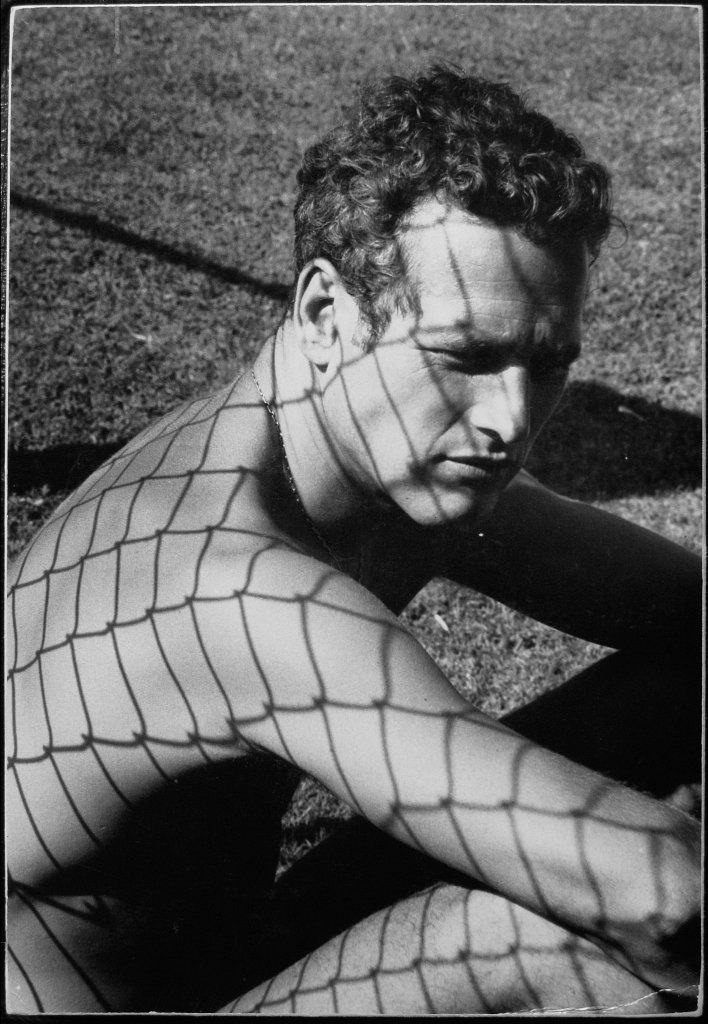 |
| Paul Newman, 1964 Malibu, Ca USA © The Dennis Hopper Art Trust Courtesy of The Dennis Hopper Art Trust |
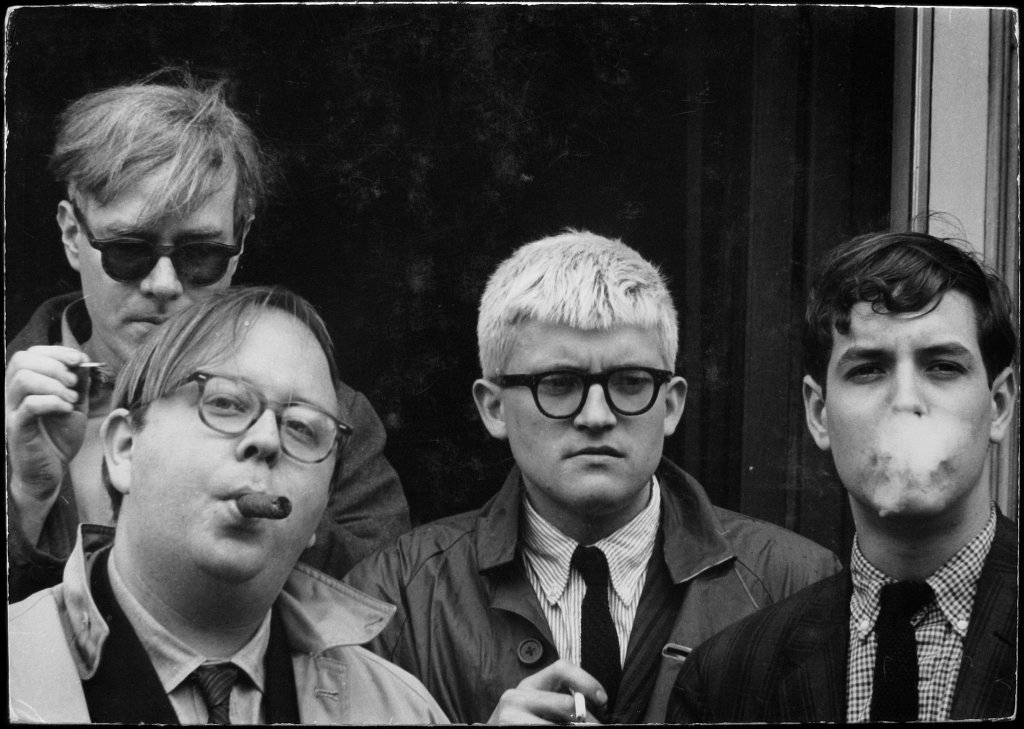 |
| Andy Warhol, Henry Geldzahler, David Hockney, and Jeff Goodman, 1963 USA © The Dennis Hopper Art Trust Courtesy of The Dennis Hopper Art Trust |
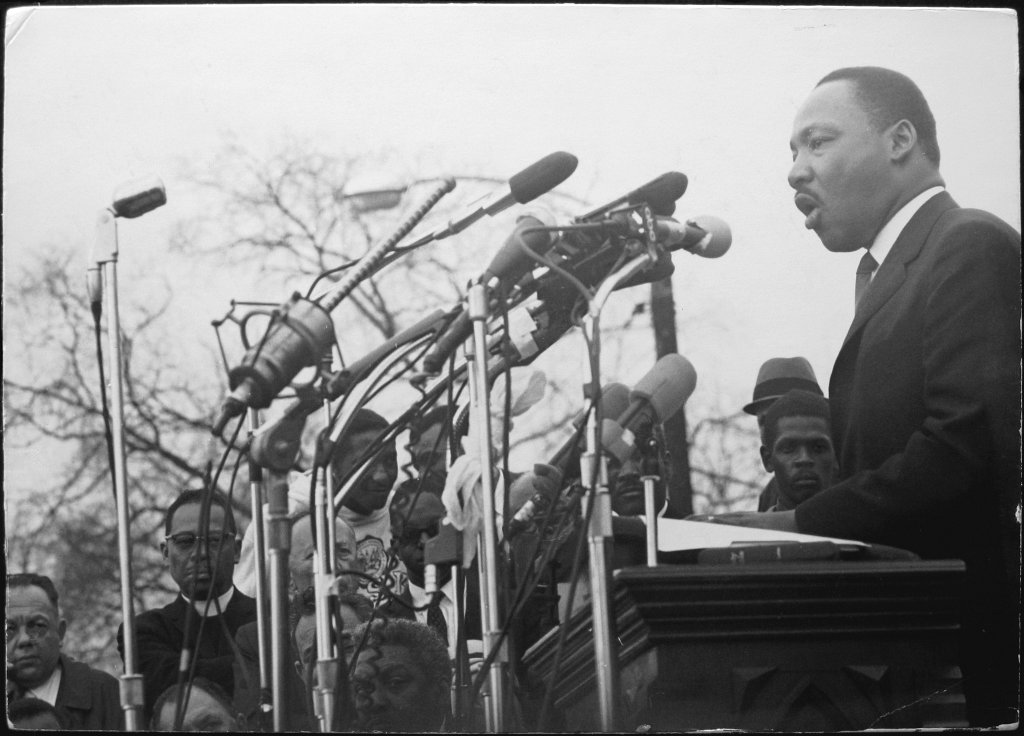 |
| Martin Luther King, Jr., 1965 Montgomery, Alabama, USA © The Dennis Hopper Art Trust Courtesy of The Dennis Hopper Art Trust |
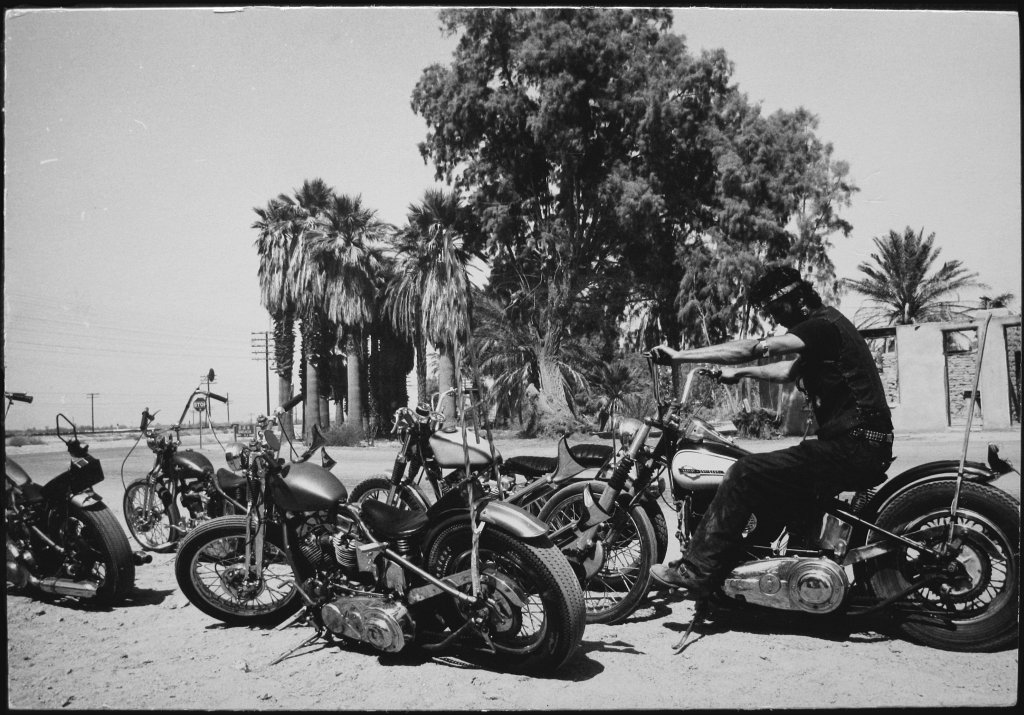 |
| Guy With 5 Hogs, 1961-67 USA © The Dennis Hopper Art Trust Courtesy of The Dennis Hopper Art Trust |
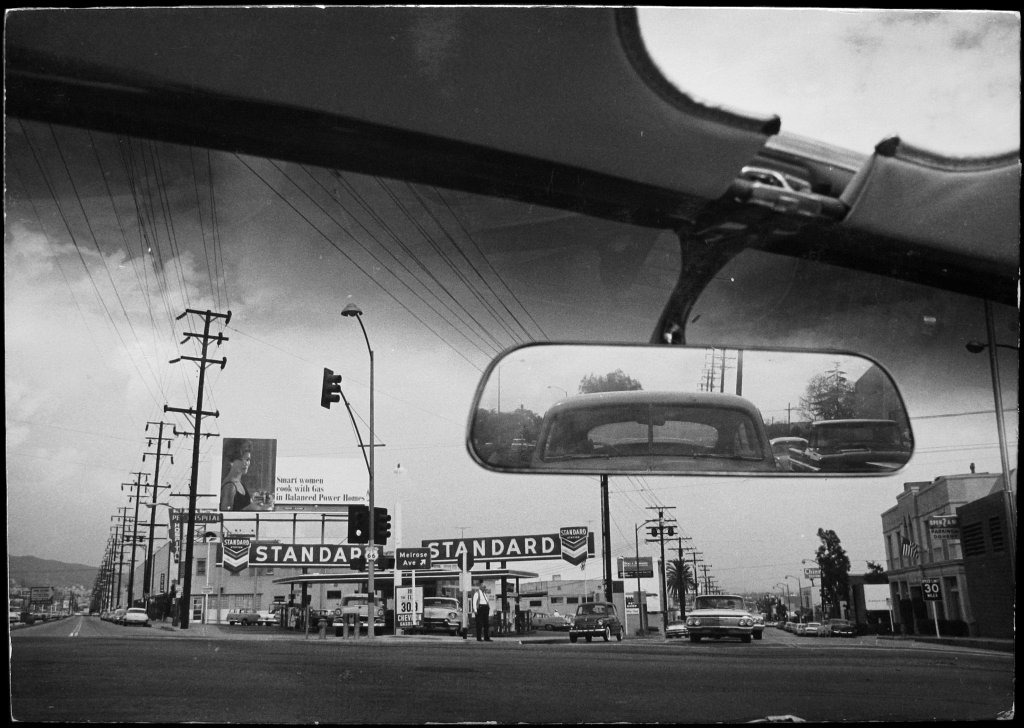 |
| Double Standard, 1961 Los Angeles, Ca USA © The Dennis Hopper Art Trust Courtesy of The Dennis Hopper Art Trust |
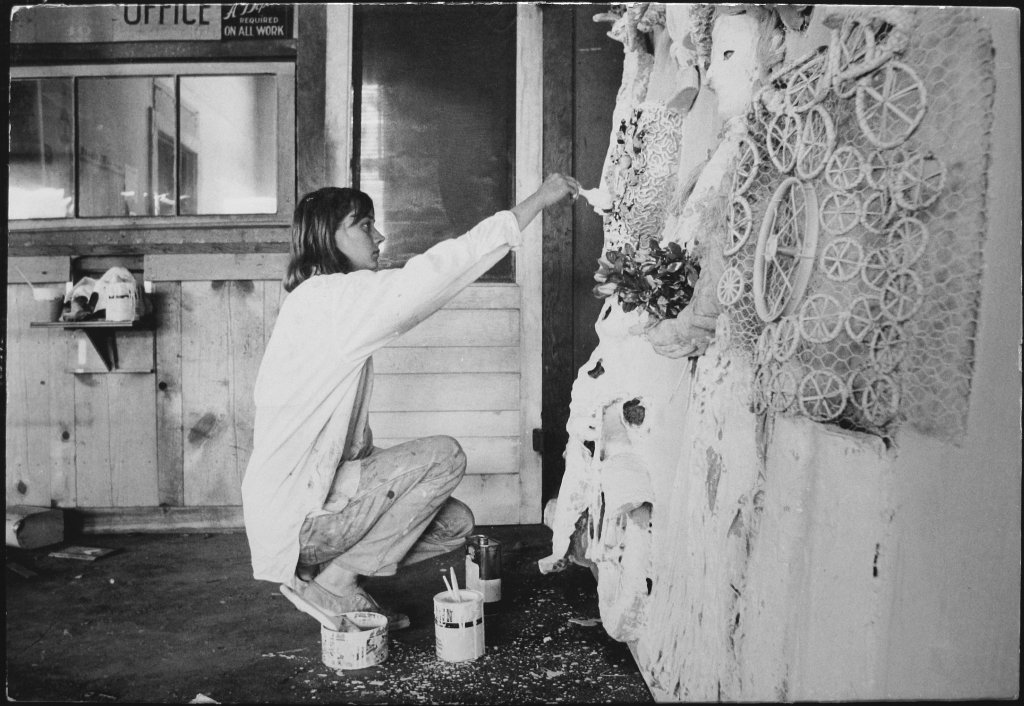 |
| Niki de Saint Phalle (kneeling), 1963 USA © The Dennis Hopper Art Trust Courtesy of The Dennis Hopper Art Trust |
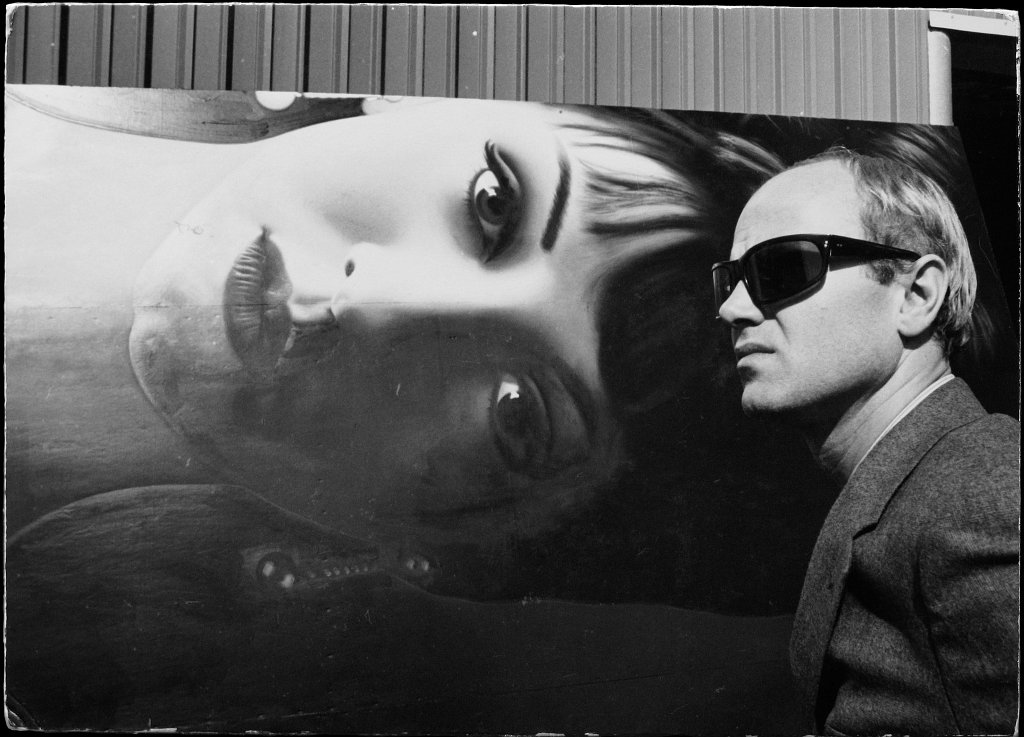 |
| James Rosenquist, 1964 Billboard Factory, Los Angeles, Ca USA © The Dennis Hopper Art Trust Courtesy of The Dennis Hopper Art Trust |
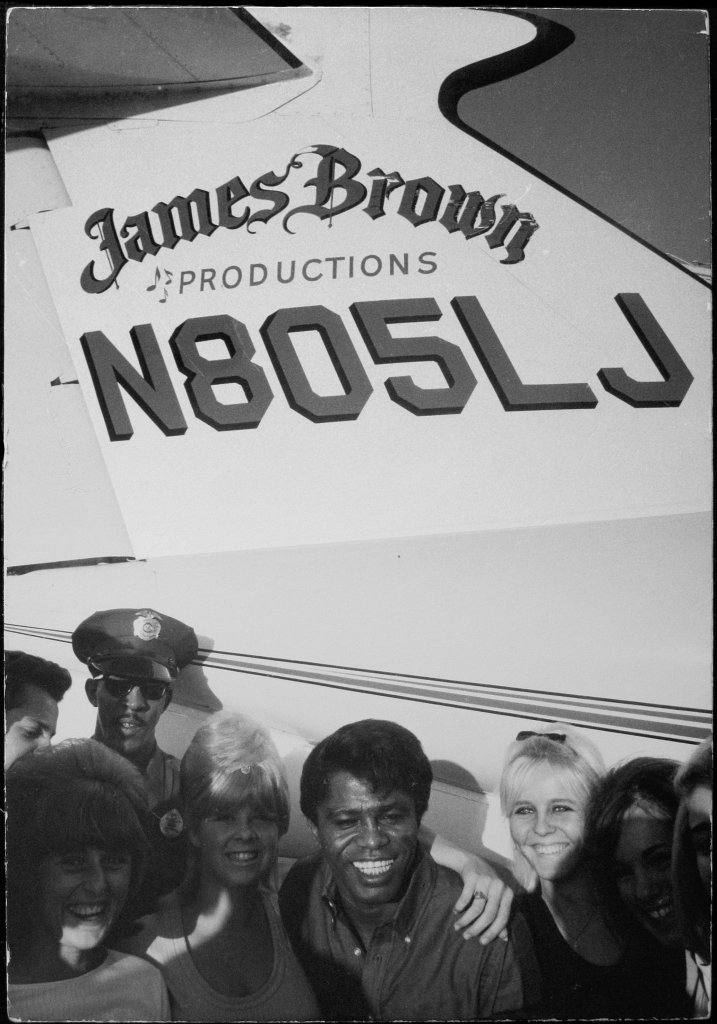 |
| James Brown, 1966 USA © The Dennis Hopper Art Trust Courtesy of The Dennis Hopper Art Trust |
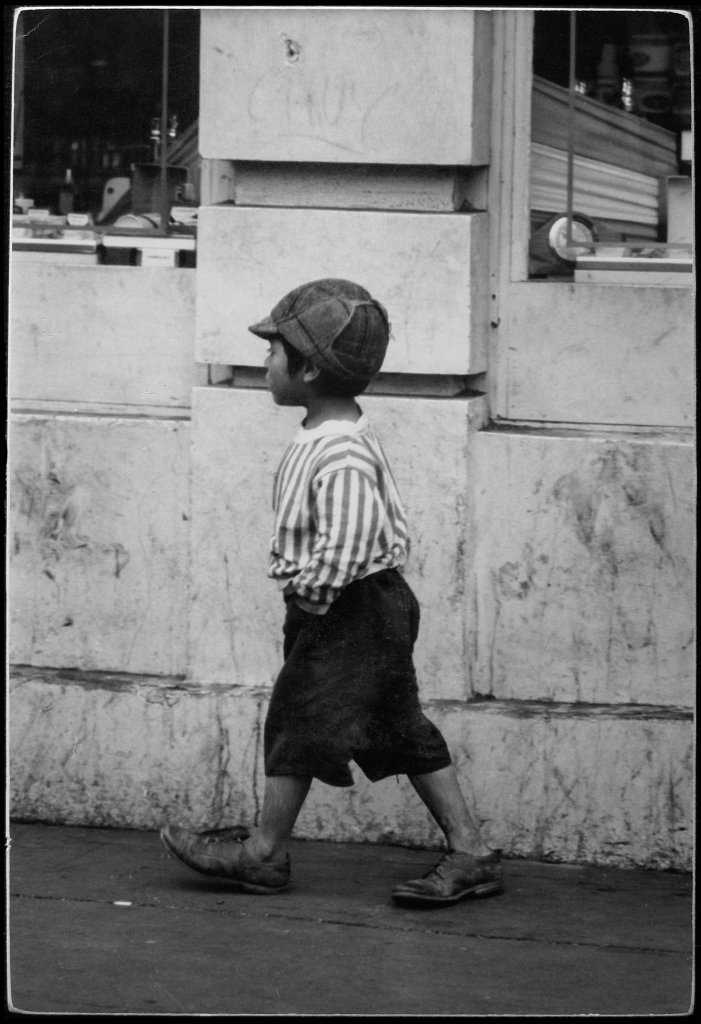 |
| Boy Walking in Mexico, 1961- 67 Mexico © The Dennis Hopper Art Trust Courtesy of The Dennis Hopper Art Trust |
The Martin-Gropius-Bau exhibition by Dennis Hopper, titled "The Lost Album", within the programme of European Month of Photography, can still be visited. The author, a restless spirit (also known as actor and director of films, including "Easy Rider" (1969), "The Last Movie" (1971) and "Out of the Blue" (1980), in 1970 made a selection of his photographs for the exhibition at the Fort Worth Art Center Museum in Texas. These photographs were re-discovered many years later, after the death of the artist. Interestingly, apart from the total of 429 images, which were originally displayed (numbered and accompanied by a note on the verso) there were additional 19 images in the cases, not numbered, which Hopper probably took with him to Fort Worth, but they were not included there. The exhibition in Berlin, made up of vintage prints, is a reconstruction of the 1970 installation, supplemented by those additional photographs, bearing the Roman numbers I to XIX. 11 photographs from the base set are missing; 9 of them are shown in the form of contemporary silver gelatine prints, while in two cases images could not be matched to the negatives. They are therefore replaced by pieces of cardboard, the size of the original picture.
The exhibition is highly recommended to visit. Hopper documented an important and fascinating era, in a very open manner, while keeping close, often intimate relationships with the people he portrayed. In the pictures there are, among others, Robert Rauschenberg, Andy Warhol, David Hockney, James Rosenquist, Paul Newman and Jane Fonda. Hopper also followed important social and political events. He had a phenomenal ability to picture simple things and events in a unique and inspiring way.
niedziela, 16 grudnia 2012
05 festiwal fotodokumentu - ciąg dalszy / 05th festival of photodocument - continued
W miniony piątek w Galerii Miejskiej "Arsenał" otwarta została druga, znacznie obszerniejsza i zdecydowanie ciekawsza od pierwszej, część wystawy "Sztuka rewitalizacji". W tej odsłonie biorą udział twórcy, których prace zostały zakwalifikowane do zbioru "Pixelprojekt_Ruhrgebiet". Zbiór ten, jak relacjonował po wernisażu kurator Peter Liedtke, stanowi materiał fotograficzny (około 6500 zdjęć) odnoszący się do terenu Zagłębia Ruhry, i składa się wyłącznie z serii, bez ograniczenia charakteru (dokumentalne, konceptualne itp.). Zdjęcia pojedyncze nie są akceptowane z zasady, aby wyeliminować przypadkowość wypowiedzi. Prace kwalifikuje wieloosobowe jury, złożone z autorytetów, nie tylko z dziedziny fotografii. Obok nazwisk mało znanych znalazły się w nim także prawdziwe gwiazdy, takie jak Leonard Freed czy Duane Michals. Stowarzyszenie, działające niezależnie, regularnie organizuje wystawy, na których licznie zjawiają się, oprócz miłośników fotografii, przedstawiciele rządu Nadrenii - Północnej Westfalii oraz szefowie firm i korporacji - stosowne dokumentacje zostały także zaprezentowane. Wolę się nie zastanawiać nad porównaniem z Poznaniem. Jesteśmy (nie tylko pod tym zresztą względem) lata świetlne za Niemcami, skoro na ciekawą, dobrze rozreklamowaną festiwalową wystawę, połączoną z trzema znakomitymi prezentacjami, przychodzi małe kilkadziesiąt osób, a władz oczywiście ani widu ani słychu, o przemysłowcach nie wspominając. Wystawę w "Arsenale" tworzą następujący autorzy:
Marcus Düdder, „1000°, Fotografie z krematoriów”, 1999-2000
Fatih Kurceren, „Turcy“, 2008-11
Sebastian Mölleken, „Miłośnicy”, 2007
Antje Hoefer, „Na kempingu”, 2001
Harald Hoffmann, „Różnice. Biedny w Mülheim”, 2008
Béatrice Klein, „Górnicy”, 2005
Sascha Kraus, „Zmiana perspektywy”, 2006
Dirk Krüll, „Kultura plażowania w Zagłębiu Rury”, 2008, „Rozbiórka koksowni Kaiserstuhl”, 2004
Britta Lauer, „Złomowyspa”, 2006
Daniel Sadrowski, „Duisburg, Karl-Lehr-Straße“, 2010
Claudia Thoelen, „Klinicznie czysty. Fotografie na temat higieny w szpitalnej”, 2005
Julia Unkel, „W obliczu”, 2011
Iris Wolf, „Na życzenie”, 2005-2006
Julia Unker i Marcus Düdder bardzo szczegółowo opowiedzieli o swoich projektach. Szczególnie interesujące były fragmenty poświęcone opanowywaniu własnych odczuć i emocji w zestawieniu z takimi obiektami jak krematoria czy przemysłowe rzeźnie. Praca była niełatwa, ale z pewnością warto było. Efekty są dalekie od dosłowności i epatowania makabrą, mimo to obrazy oddziałują bardzo mocno.
Last Friday the City Gallery "Arsenal" opened the second part of the exhibition "The Art of Revitalisation", much larger and far more interesting than the first one. A selection of artists is presented, whose works have been accepted into the collection of "Pixelprojekt_Ruhrgebiet". This collection, as told after the vernissage by the curator Peter Liedtke, contains about 6500 photographs related to the Ruhr area, and consists solely of series, not limited by genre (documentary, conceptual, etc.). Single photos are not allowed, in order to eliminate the randomness of expression. The works are qualified by a jury, members of which are authorities, not only in the field of photography. In addition to lesser-known names there are also real stars in the collection, such as Leonard Freed or Duane Michals. The association, acting independently, organises exhibitions on regular basis. During the openings, in addition to countless photography enthusiasts, officials and business leaders show up - the relevant documentation was also presented. I prefer not to think about the comparison with Poznan. We are (not only in this respect anyway) light years behind Germany - because an interesting, well-publicised exhibition, combined with three brilliant presentations, attracts just a few dozens of people (and obviously no-one from the authorities or industrialists). The exhibition in the "Arsenal" is made up of the following authors:
Marcus Düdder, "1000°, Photographs from the Crematoria", 1999-2000
Fatih Kurceren, "Turks", 2008-11
Sebastian Mölleken, "Lovers", 2007
Antje Hoefer, "The camp", 2001
Harald Hoffmann, "Differences. The Poor in Mülheim ", 2008
Beatrice Klein, "Miners", 2005
Sascha Kraus, "Changing Perspectives", 2006
Dirk Krüll, "The Culture of Sunbathing in the Ruhr Area", 2008, "Demolition of the Kaiserstuhl Coke", 2004
Britta Lauer, "Scrap-metal-island", 2006
Daniel Sadrowski, "Duisburg, Karl-Lehr-Strasse", 2010
Claudia Thoelen, "Clinically Clean. Photographs on Hygiene in the Hospital", 2005
Julia Unkel, "In the Wake", 2011
Iris Wolf, "On Request", 2005-2006
Julia Unker and Marcus Düdder spoke in great detail about their projects. Of particular interest were the pieces about controlling their own feelings and emotions during the work in large objects such as crematoria or industrial slaughterhouses. The work was not easy, but definitely worthwhile. The effects are far from literal (and any macabre), nonetheless the images speak a clear language.
Marcus Düdder, „1000°, Fotografie z krematoriów”, 1999-2000
Fatih Kurceren, „Turcy“, 2008-11
Sebastian Mölleken, „Miłośnicy”, 2007
Antje Hoefer, „Na kempingu”, 2001
Harald Hoffmann, „Różnice. Biedny w Mülheim”, 2008
Béatrice Klein, „Górnicy”, 2005
Sascha Kraus, „Zmiana perspektywy”, 2006
Dirk Krüll, „Kultura plażowania w Zagłębiu Rury”, 2008, „Rozbiórka koksowni Kaiserstuhl”, 2004
Britta Lauer, „Złomowyspa”, 2006
Daniel Sadrowski, „Duisburg, Karl-Lehr-Straße“, 2010
Claudia Thoelen, „Klinicznie czysty. Fotografie na temat higieny w szpitalnej”, 2005
Julia Unkel, „W obliczu”, 2011
Iris Wolf, „Na życzenie”, 2005-2006
Julia Unker i Marcus Düdder bardzo szczegółowo opowiedzieli o swoich projektach. Szczególnie interesujące były fragmenty poświęcone opanowywaniu własnych odczuć i emocji w zestawieniu z takimi obiektami jak krematoria czy przemysłowe rzeźnie. Praca była niełatwa, ale z pewnością warto było. Efekty są dalekie od dosłowności i epatowania makabrą, mimo to obrazy oddziałują bardzo mocno.
Last Friday the City Gallery "Arsenal" opened the second part of the exhibition "The Art of Revitalisation", much larger and far more interesting than the first one. A selection of artists is presented, whose works have been accepted into the collection of "Pixelprojekt_Ruhrgebiet". This collection, as told after the vernissage by the curator Peter Liedtke, contains about 6500 photographs related to the Ruhr area, and consists solely of series, not limited by genre (documentary, conceptual, etc.). Single photos are not allowed, in order to eliminate the randomness of expression. The works are qualified by a jury, members of which are authorities, not only in the field of photography. In addition to lesser-known names there are also real stars in the collection, such as Leonard Freed or Duane Michals. The association, acting independently, organises exhibitions on regular basis. During the openings, in addition to countless photography enthusiasts, officials and business leaders show up - the relevant documentation was also presented. I prefer not to think about the comparison with Poznan. We are (not only in this respect anyway) light years behind Germany - because an interesting, well-publicised exhibition, combined with three brilliant presentations, attracts just a few dozens of people (and obviously no-one from the authorities or industrialists). The exhibition in the "Arsenal" is made up of the following authors:
Marcus Düdder, "1000°, Photographs from the Crematoria", 1999-2000
Fatih Kurceren, "Turks", 2008-11
Sebastian Mölleken, "Lovers", 2007
Antje Hoefer, "The camp", 2001
Harald Hoffmann, "Differences. The Poor in Mülheim ", 2008
Beatrice Klein, "Miners", 2005
Sascha Kraus, "Changing Perspectives", 2006
Dirk Krüll, "The Culture of Sunbathing in the Ruhr Area", 2008, "Demolition of the Kaiserstuhl Coke", 2004
Britta Lauer, "Scrap-metal-island", 2006
Daniel Sadrowski, "Duisburg, Karl-Lehr-Strasse", 2010
Claudia Thoelen, "Clinically Clean. Photographs on Hygiene in the Hospital", 2005
Julia Unkel, "In the Wake", 2011
Iris Wolf, "On Request", 2005-2006
Julia Unker and Marcus Düdder spoke in great detail about their projects. Of particular interest were the pieces about controlling their own feelings and emotions during the work in large objects such as crematoria or industrial slaughterhouses. The work was not easy, but definitely worthwhile. The effects are far from literal (and any macabre), nonetheless the images speak a clear language.
czwartek, 13 grudnia 2012
05 festiwal fotodokumentu / 05th festival of photodocument
28 listopada w galerii 2piR otwarta została wystawa "Sztuka rewitalizacji" autorstwa Petera Liedtke oraz Thomasa Pflauma. Ilustruje ona temat przewodni festiwalu, którym jest gigantyczny projekt rewitalizacji postindustrialnych obszarów Zagłębia Ruhry. Wystawę w bardzo interesujący sposób uzupełniły wykłady obu autorów, obfitujące w fakty i informacje o unikatowej wartości, a także zamykająca spotkanie dyskusja panelowa. Jutro w Galerii Miejskiej "Arsenał" zostanie otwarta druga część festiwalowej wystawy, z udziałem 13 autorów, po czym przewidziane są kolejne wykłady i prezentacje multimedialne. Myślę, że warto się zjawić w "Arsenale" jutro o 18:00...
On November, 28th the 2piR Gallery opened the exhibition "The Art of Revitalisation" by Peter Liedtke and Thomas Pflaum. It illustrates the lead theme of the festival, which is a truly gigantic project of revitalising the post-industrial Ruhr area in western Germany. The exhibition was complemented, in a very interesting way, by lectures of both authors, rich in facts and information of unique value, as well as a panel discussion ending the meeting. Tomorrow the City Gallery "Arsenal" in Poznan will open the second part of the festival's exhibition with the participation of 13 authors. After the vernissage there will also be lectures and multimedia presentations. I think it is indeed worthwile to appear in the "Arsenal" tomorrow, at 6 pm...
On November, 28th the 2piR Gallery opened the exhibition "The Art of Revitalisation" by Peter Liedtke and Thomas Pflaum. It illustrates the lead theme of the festival, which is a truly gigantic project of revitalising the post-industrial Ruhr area in western Germany. The exhibition was complemented, in a very interesting way, by lectures of both authors, rich in facts and information of unique value, as well as a panel discussion ending the meeting. Tomorrow the City Gallery "Arsenal" in Poznan will open the second part of the festival's exhibition with the participation of 13 authors. After the vernissage there will also be lectures and multimedia presentations. I think it is indeed worthwile to appear in the "Arsenal" tomorrow, at 6 pm...
środa, 12 grudnia 2012
Galeria pf: Bownik - Demontaż / Dismantling
Galeria pf otworzyła swoje podwoje po dłuższej przerwie wynikającej z prowadzonych w CK "Zamek" prac modernizacyjnych oraz w sytuacji gruntownie zmienionej koncepcji działania. Od początku swojego istnienia w roku 1993 "pf" była galerią kuratorską, przy czym kurator był najwyższą instancją w kwestiach merytorycznych i programowych (rolę tę pełnili kolejno: Janusz Nowacki, Maciej Szymanowicz oraz Witold Kanicki). Od bieżącego sezonu galeria nie ma stałego kuratora, a projekty wystawiennicze są wyłaniane drogą konkursu, na okres jednego roku. Muszę przyznać, że ta koncepcja od początku budzi moje wątpliwości, choćby z tego powodu, że eliminuje możliwość prowadzenia działań długofalowych, premiując tym samym projekty realizowane doraźnie, podczas gdy nad ważnymi i cennymi ekspozycjami trzeba niekiedy pracować latami. Zobaczymy zatem, jak nowa koncepcja sprawdzi się w praniu.
Napisawszy powyższe muszę stwierdzić, że pierwsza po przerwie wystawa jest propozycją interesującą. Paweł Bownik zaprezentował zestaw fotografii dokumentujących (to bardzo ważne słowo) wyniki jego działań, które określił mianem "demontażu". Kierowany ciekawością rozcina rośliny, które znajdują się w jego otoczeniu, a następnie składa je z powrotem, czasem bardzo starannie i pieczołowicie, a niekiedy szybko i byle jak. Czyni to z jednej strony aby zwyczajnie zajrzeć do środka, z drugiej - aby zbadać swoje działanie jako proces, którego ważną cechą jest zakres swobody, czy inaczej wolności. Ważnym pytaniem jest przy tym, jak daleko wolno się człowiekowi posunąć w "demontażu" roślin. Kolejny aspekt samobadania się przez Bownika ujawnia dość nieoczywisty na pierwszy rzut oka fakt, że fotografowane obiekty, mimo okaleczenia i utraty pierwotnej formy, nadal są interesujące i potrafią fascynować. Z pewnością ten właśnie wątek nadaje się do rozwinięcia, jako że prezentowane fotografie są na obecnym etapie rozwoju projektu przede wszystkim mechaniczną rejestracją wyników prowadzonych działań, bez wyraźnie przypisanej funkcji obrazotwórczej. Bownik posługuje się kamerą 8x10 cali, tak więc nawet największe prace, o wymiarach przekraczających 140 x 160 cm, są technicznie perfekcyjne i jednocześnie "beznamiętne". Projekt znajduje się we wstępnej fazie, a wystawa w galerii pf jest jego premierową prezentacją, dającą już jednakże pogląd na "potencjał galeryjny" tego materiału. Autor planuje znaczące rozbudowanie tematyki oraz opracowanie wydawnictwa książkowego.
The pf Gallery opened its doors for the first time after a long break, due to modernisation works at the "Castle" Centre for Culture and in the wake of deeply revised concept of operation. Since its beginning in 1993, "pf" was a single-curator's gallery, the curator was the highest authority on subject matter and program (this role was played in succession by: Janusz Nowacki, Maciej Szymanowicz and Witold Kanicki). From the current season on, there is no permanent gallery curator and exhibition projects are selected in a contest, for a period of one year. I must admit that this concept raises my doubts, if only because it eliminates the possibility of running long-term projects, thus rewarding short-sighted projects, so to speak. On important and valuable expositions the curator must sometimes work for years. We'll have to see yet, whether the new concept is successful or fails.
Having written the above, I must conclude that the first exhibition after the break is an interesting proposition. Pawel Bownik presents a set of photographs documenting (a very important word here) the results of his actions, which he himself describes as "dismantling". Driven by plain curiosity he cuts plants (that are somewhere around) in pieces, and then rearranges them back, sometimes very carefully, sometimes quickly and haphazardly. He does so on the one hand simply to look inside, on the other - to examine his handling as a process, an important feature of which is the extent of freedom. The important question is here, how far can a man go in the "dismantling" of plants. Another aspect of self-examination by Bownik reveals the fact, quite unobvious at first glance, that the subjects, even crippled and after the loss of original form, are still interesting and remain able to fascinate. This area surely qualifies for deeper elaboration, as the photographs presented at this stage of the project are primarily mechanical recordings of the results of author's actions, without explicitly assigned image-creating function. Bownik uses a 8x10 inch camera, so even the largest photographs (of dimensions exceeding 140 x 160 cm) are technically perfect and at the same time "dispassionate". The project is in its initial phase, and the exhibition in the pf Gallery is the premiere presentation of it, yet already giving a good insight into the "gallery potential" of the oeuvre. The author plans to significantly expand the subject-matter and prepare a book publication.
Napisawszy powyższe muszę stwierdzić, że pierwsza po przerwie wystawa jest propozycją interesującą. Paweł Bownik zaprezentował zestaw fotografii dokumentujących (to bardzo ważne słowo) wyniki jego działań, które określił mianem "demontażu". Kierowany ciekawością rozcina rośliny, które znajdują się w jego otoczeniu, a następnie składa je z powrotem, czasem bardzo starannie i pieczołowicie, a niekiedy szybko i byle jak. Czyni to z jednej strony aby zwyczajnie zajrzeć do środka, z drugiej - aby zbadać swoje działanie jako proces, którego ważną cechą jest zakres swobody, czy inaczej wolności. Ważnym pytaniem jest przy tym, jak daleko wolno się człowiekowi posunąć w "demontażu" roślin. Kolejny aspekt samobadania się przez Bownika ujawnia dość nieoczywisty na pierwszy rzut oka fakt, że fotografowane obiekty, mimo okaleczenia i utraty pierwotnej formy, nadal są interesujące i potrafią fascynować. Z pewnością ten właśnie wątek nadaje się do rozwinięcia, jako że prezentowane fotografie są na obecnym etapie rozwoju projektu przede wszystkim mechaniczną rejestracją wyników prowadzonych działań, bez wyraźnie przypisanej funkcji obrazotwórczej. Bownik posługuje się kamerą 8x10 cali, tak więc nawet największe prace, o wymiarach przekraczających 140 x 160 cm, są technicznie perfekcyjne i jednocześnie "beznamiętne". Projekt znajduje się we wstępnej fazie, a wystawa w galerii pf jest jego premierową prezentacją, dającą już jednakże pogląd na "potencjał galeryjny" tego materiału. Autor planuje znaczące rozbudowanie tematyki oraz opracowanie wydawnictwa książkowego.
The pf Gallery opened its doors for the first time after a long break, due to modernisation works at the "Castle" Centre for Culture and in the wake of deeply revised concept of operation. Since its beginning in 1993, "pf" was a single-curator's gallery, the curator was the highest authority on subject matter and program (this role was played in succession by: Janusz Nowacki, Maciej Szymanowicz and Witold Kanicki). From the current season on, there is no permanent gallery curator and exhibition projects are selected in a contest, for a period of one year. I must admit that this concept raises my doubts, if only because it eliminates the possibility of running long-term projects, thus rewarding short-sighted projects, so to speak. On important and valuable expositions the curator must sometimes work for years. We'll have to see yet, whether the new concept is successful or fails.
Having written the above, I must conclude that the first exhibition after the break is an interesting proposition. Pawel Bownik presents a set of photographs documenting (a very important word here) the results of his actions, which he himself describes as "dismantling". Driven by plain curiosity he cuts plants (that are somewhere around) in pieces, and then rearranges them back, sometimes very carefully, sometimes quickly and haphazardly. He does so on the one hand simply to look inside, on the other - to examine his handling as a process, an important feature of which is the extent of freedom. The important question is here, how far can a man go in the "dismantling" of plants. Another aspect of self-examination by Bownik reveals the fact, quite unobvious at first glance, that the subjects, even crippled and after the loss of original form, are still interesting and remain able to fascinate. This area surely qualifies for deeper elaboration, as the photographs presented at this stage of the project are primarily mechanical recordings of the results of author's actions, without explicitly assigned image-creating function. Bownik uses a 8x10 inch camera, so even the largest photographs (of dimensions exceeding 140 x 160 cm) are technically perfect and at the same time "dispassionate". The project is in its initial phase, and the exhibition in the pf Gallery is the premiere presentation of it, yet already giving a good insight into the "gallery potential" of the oeuvre. The author plans to significantly expand the subject-matter and prepare a book publication.
Subskrybuj:
Posty (Atom)

